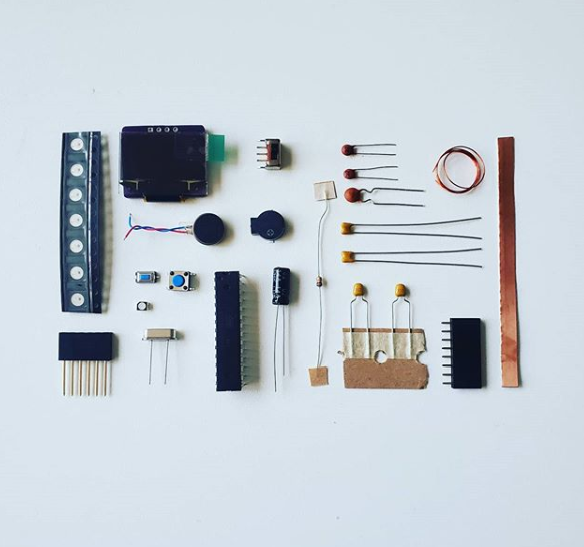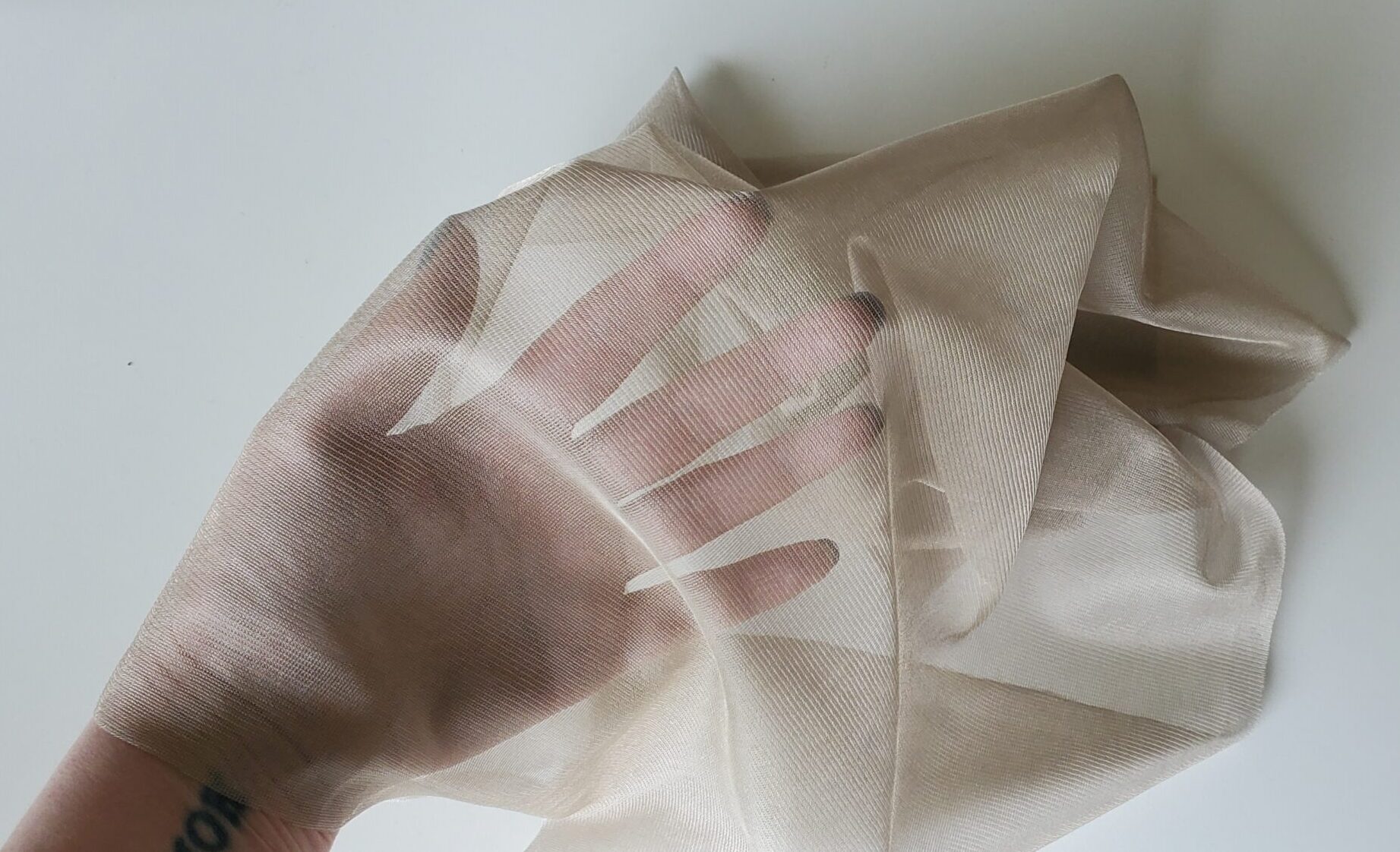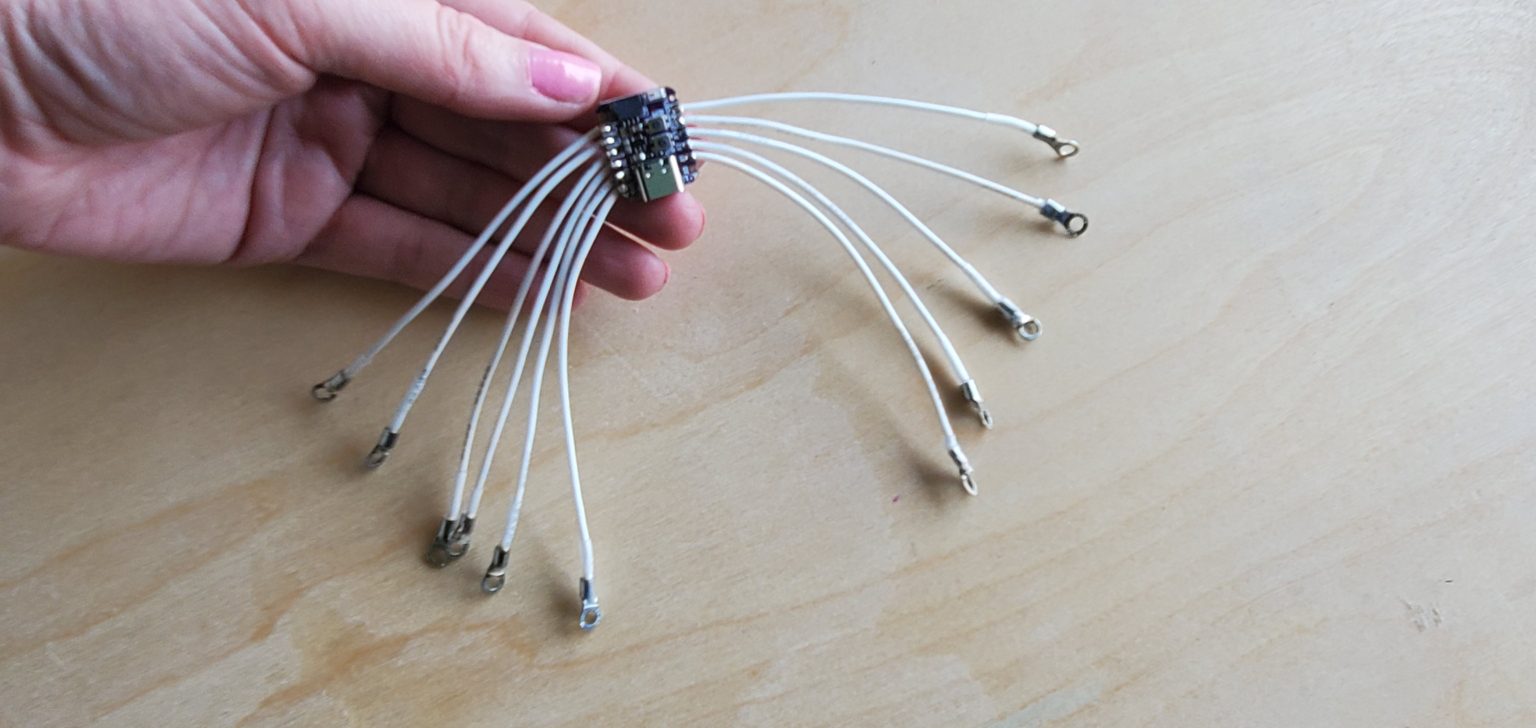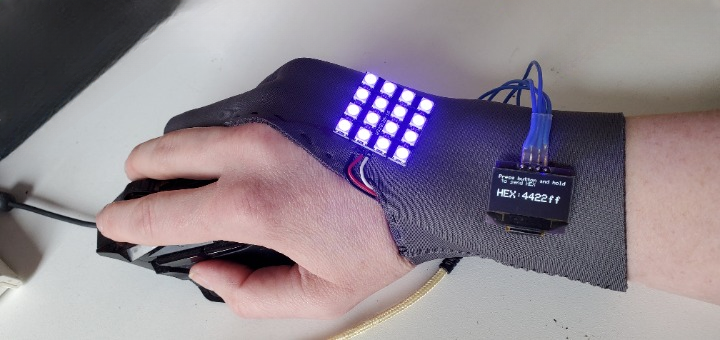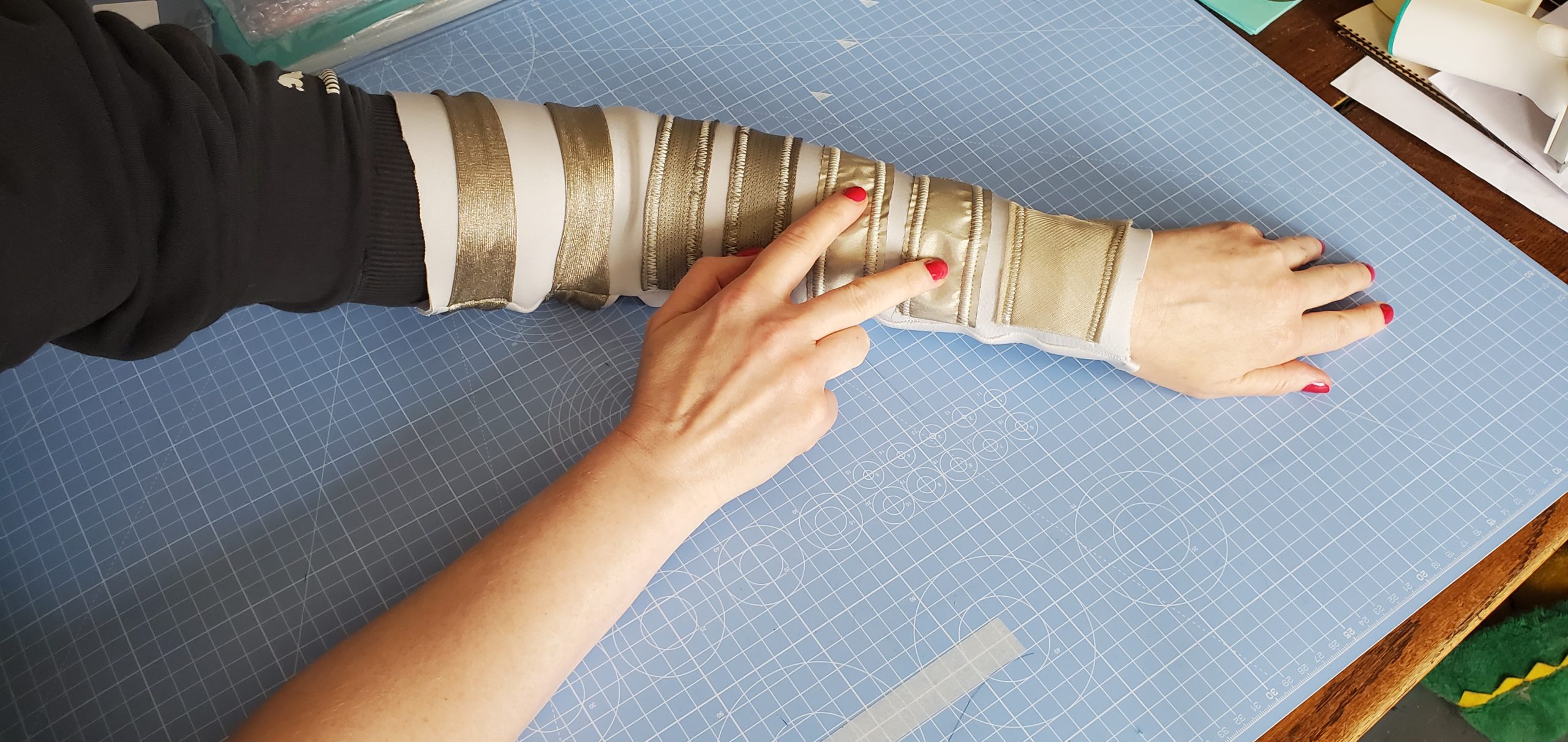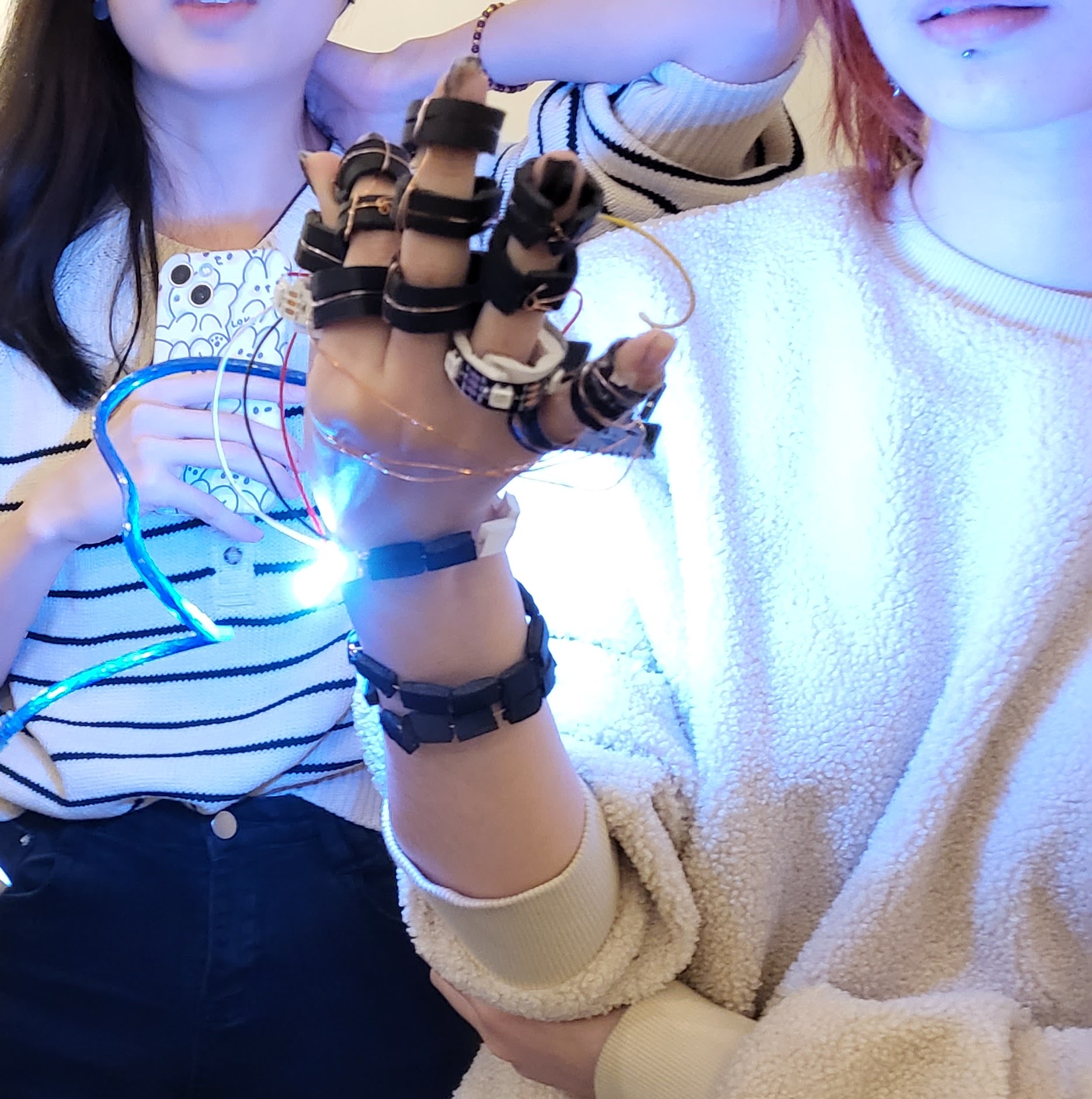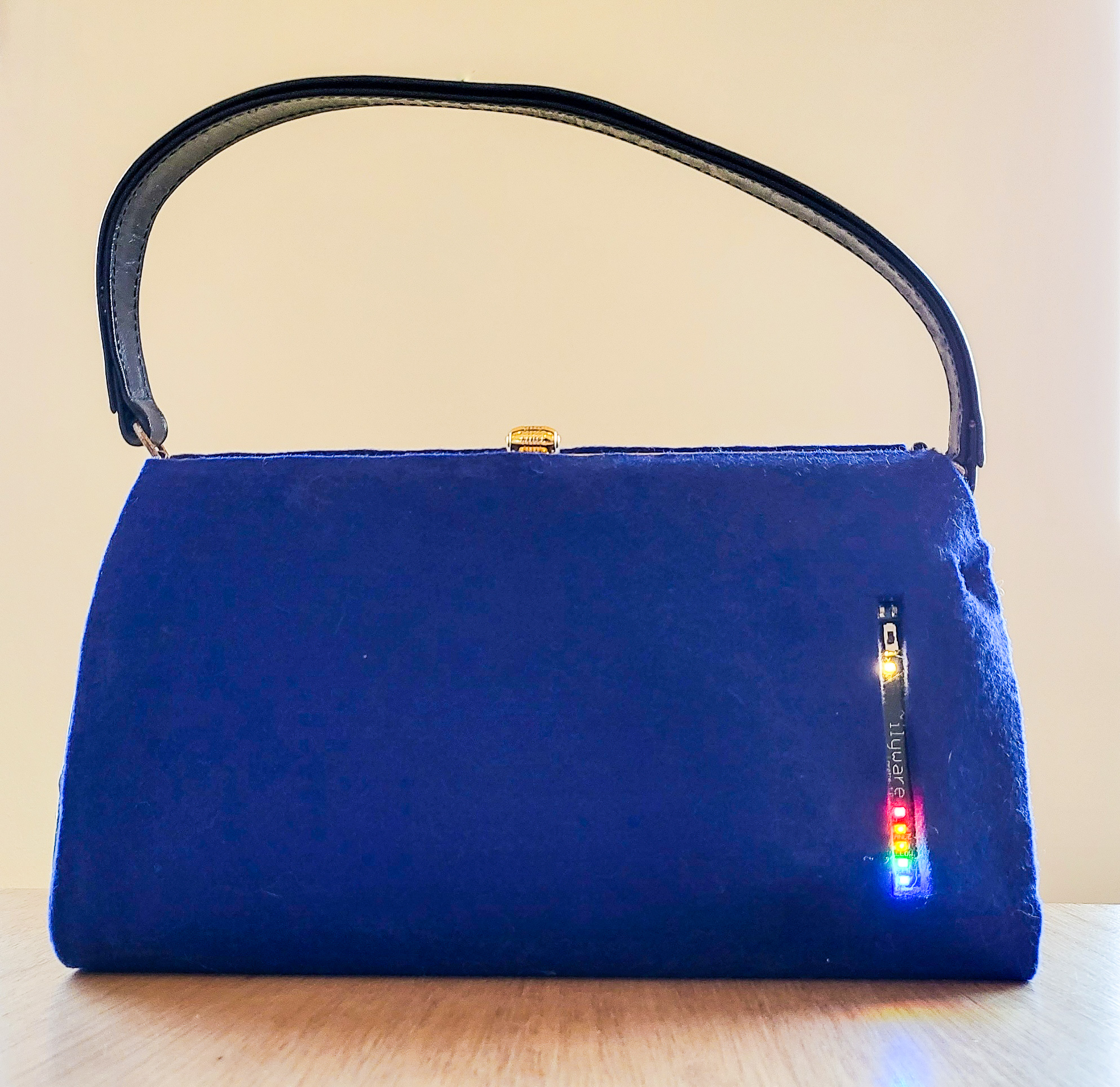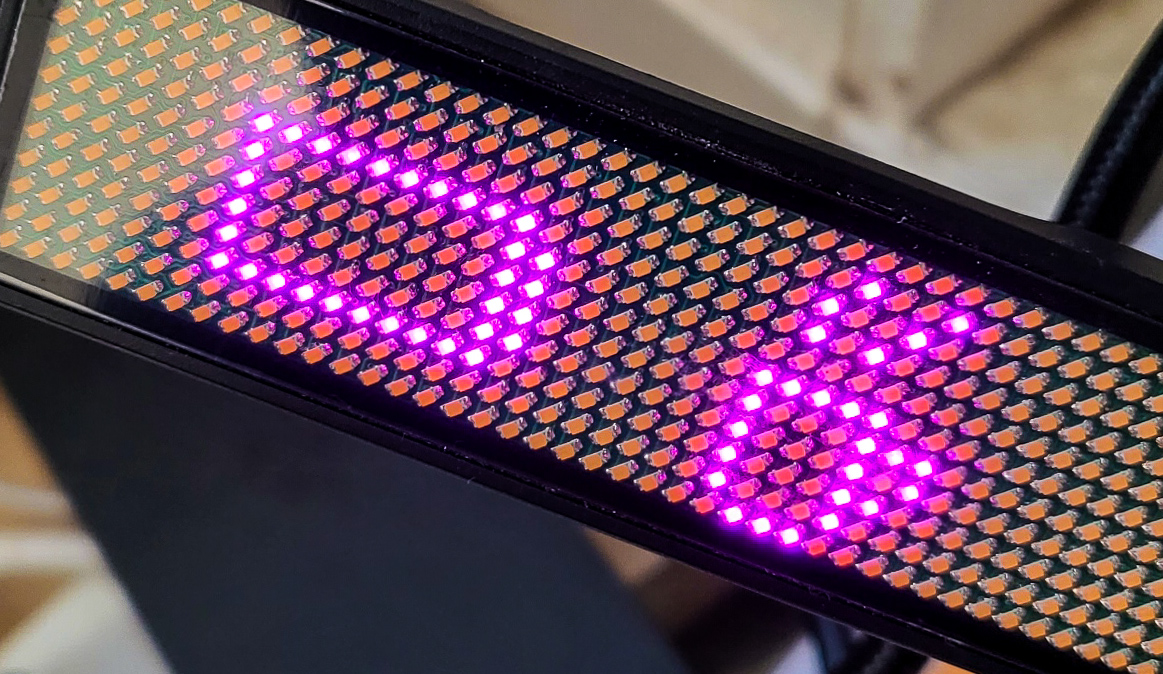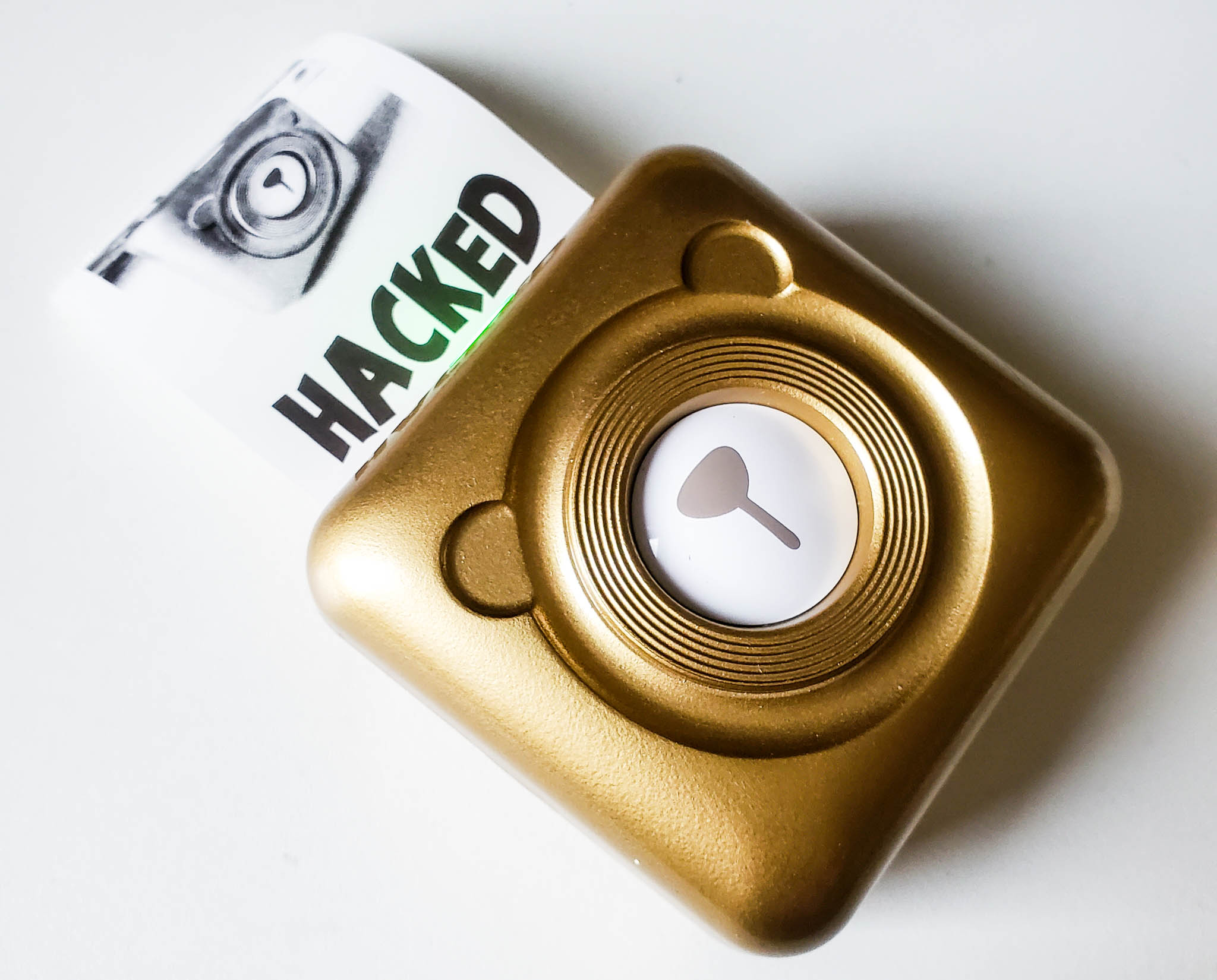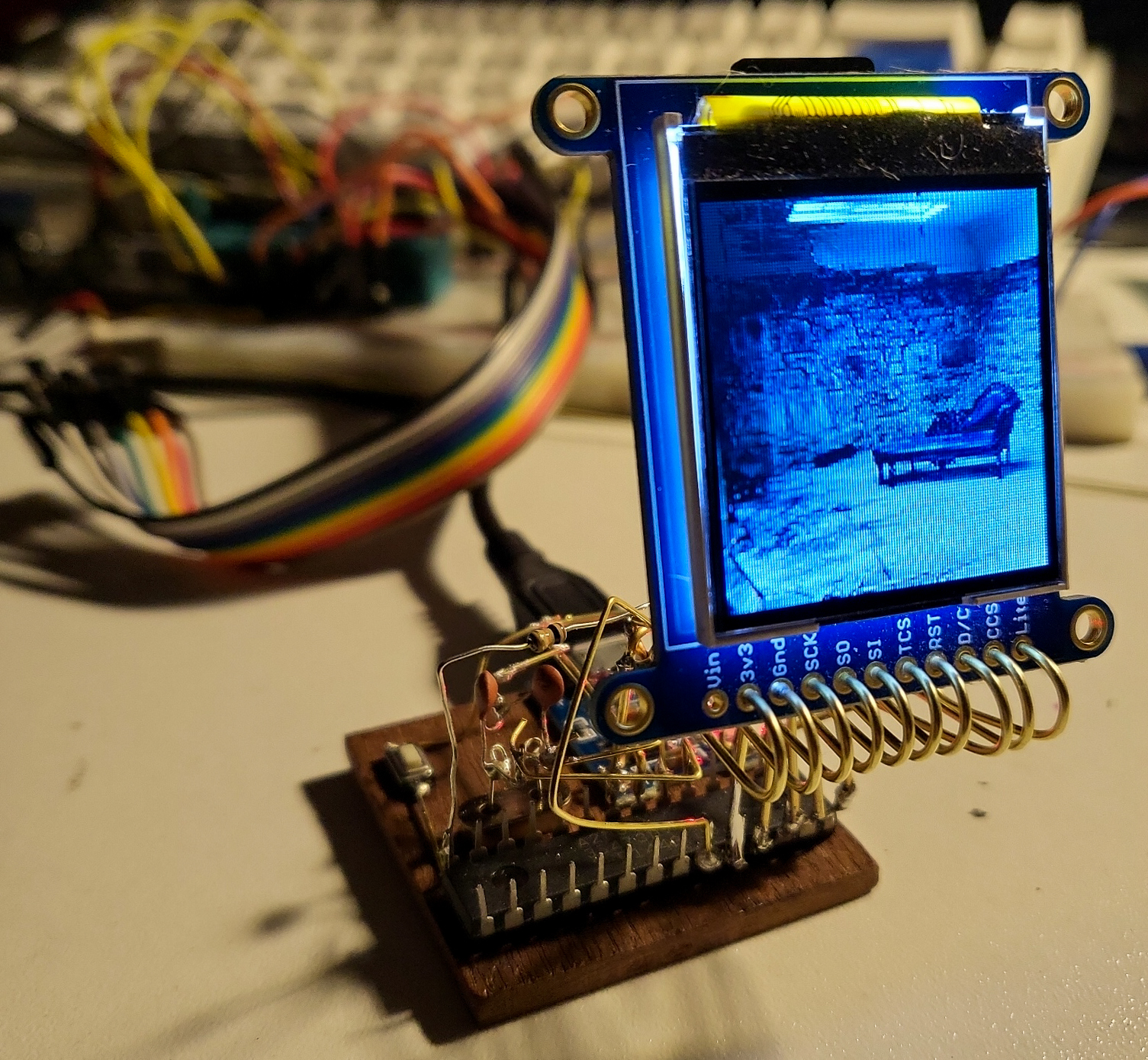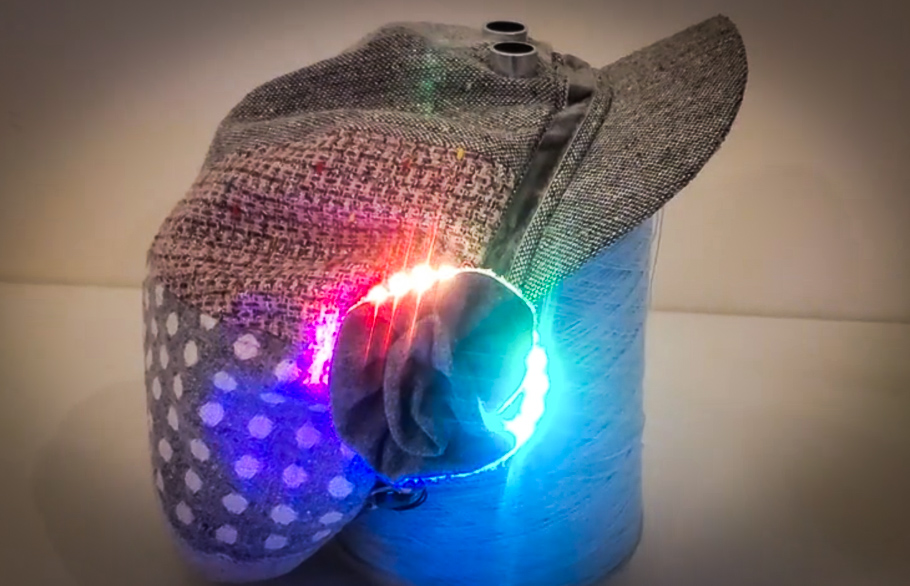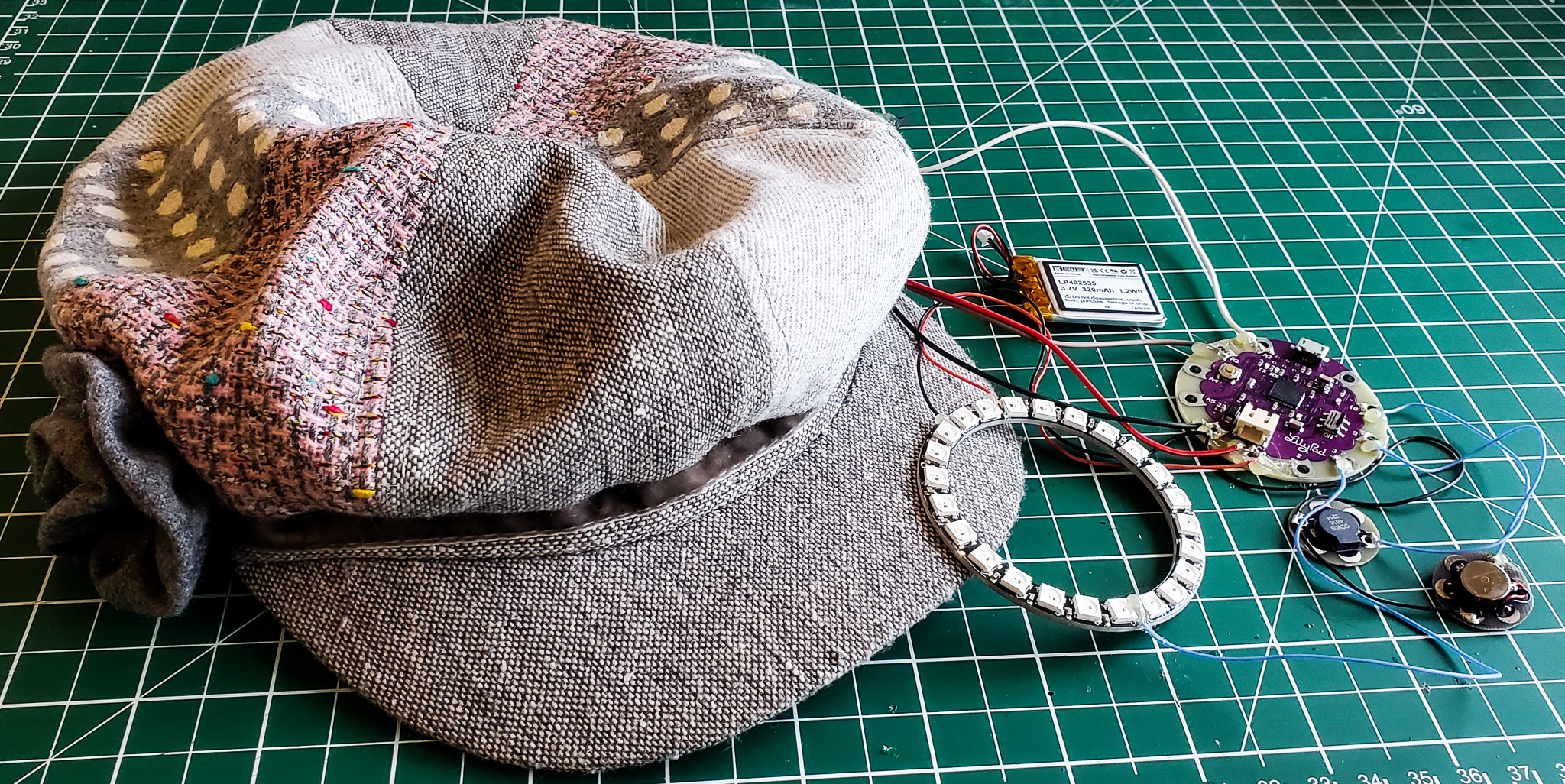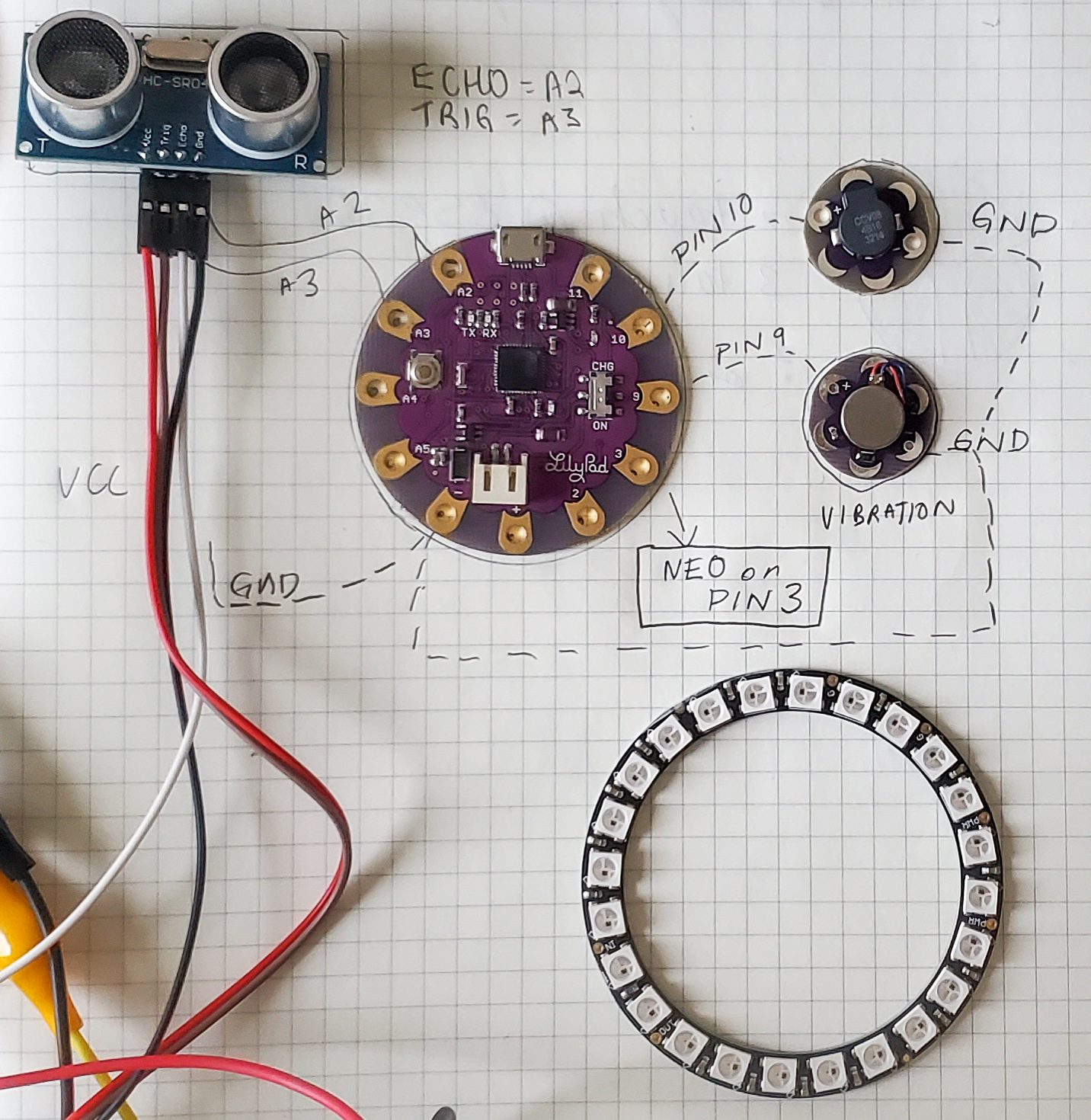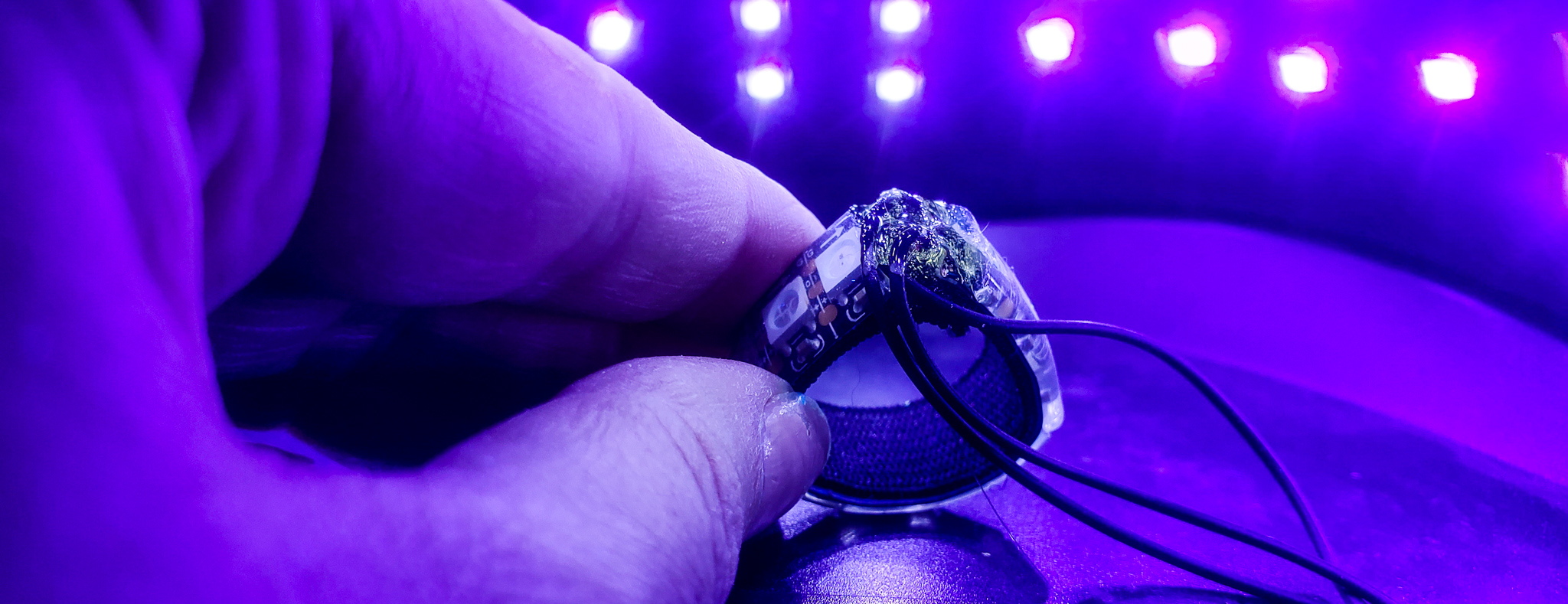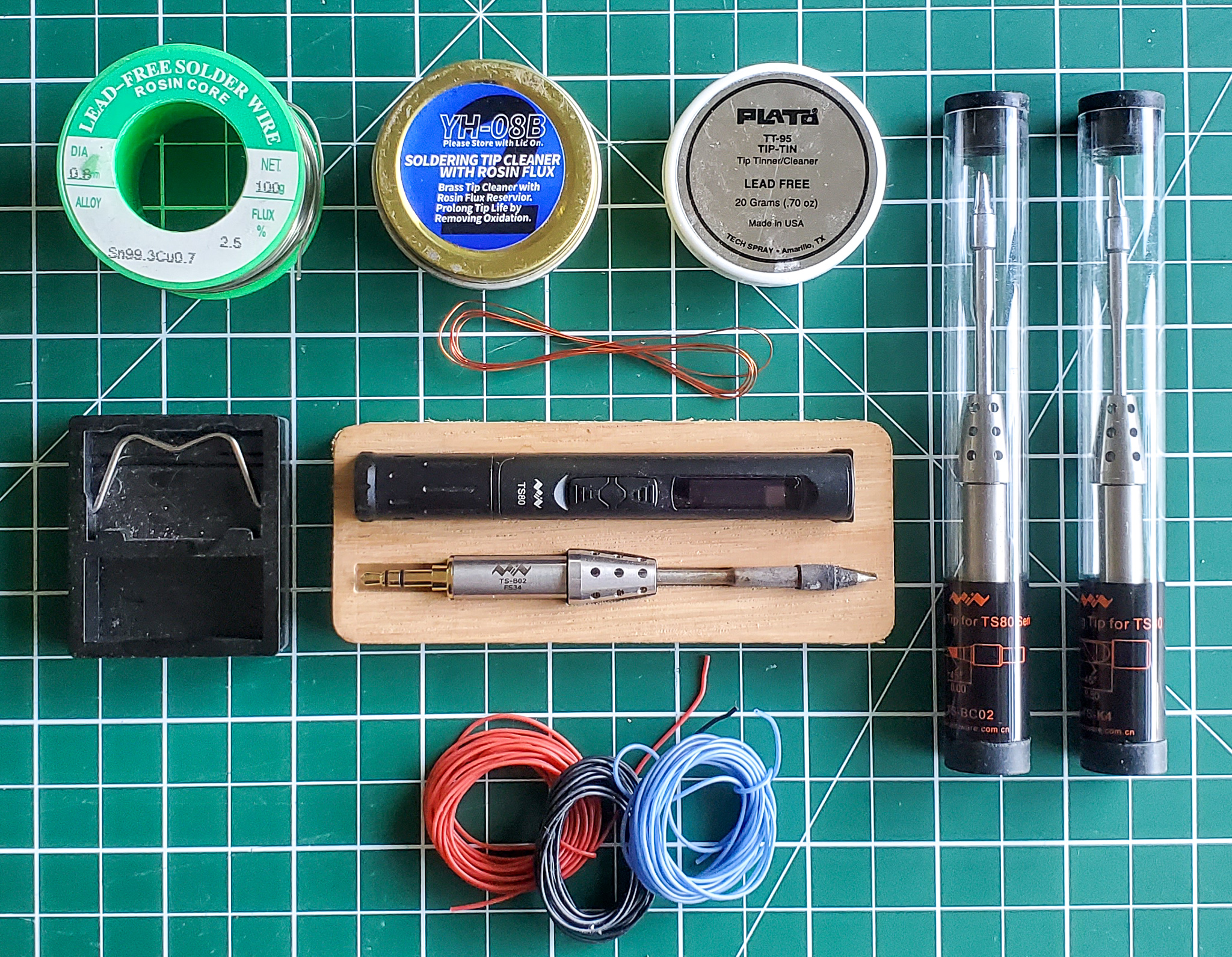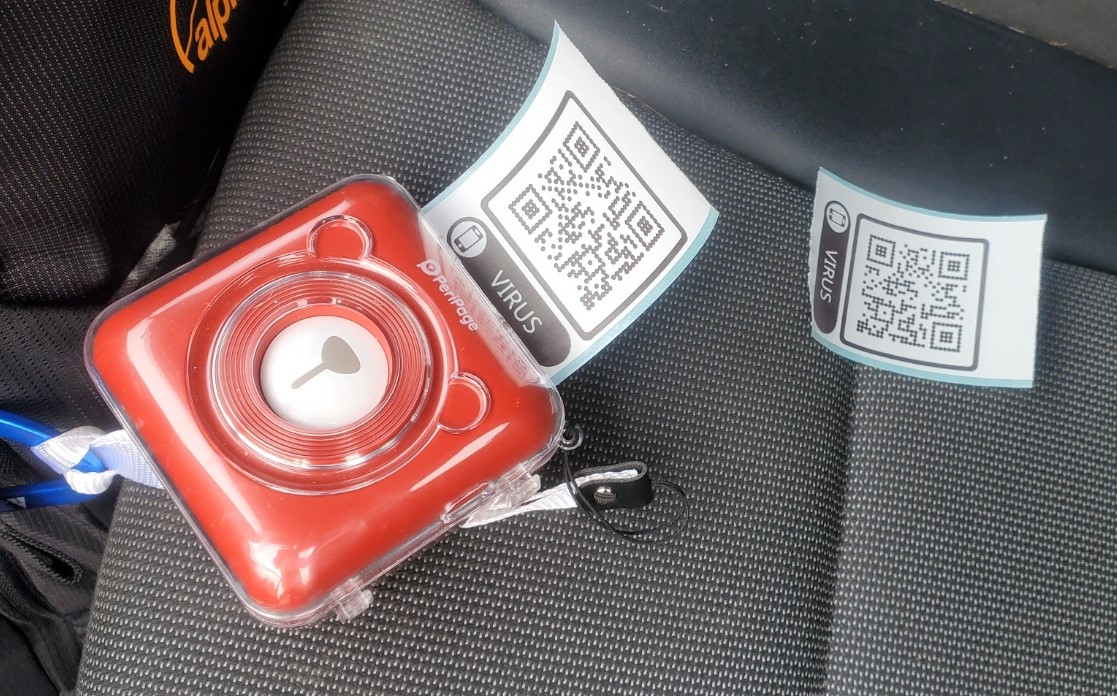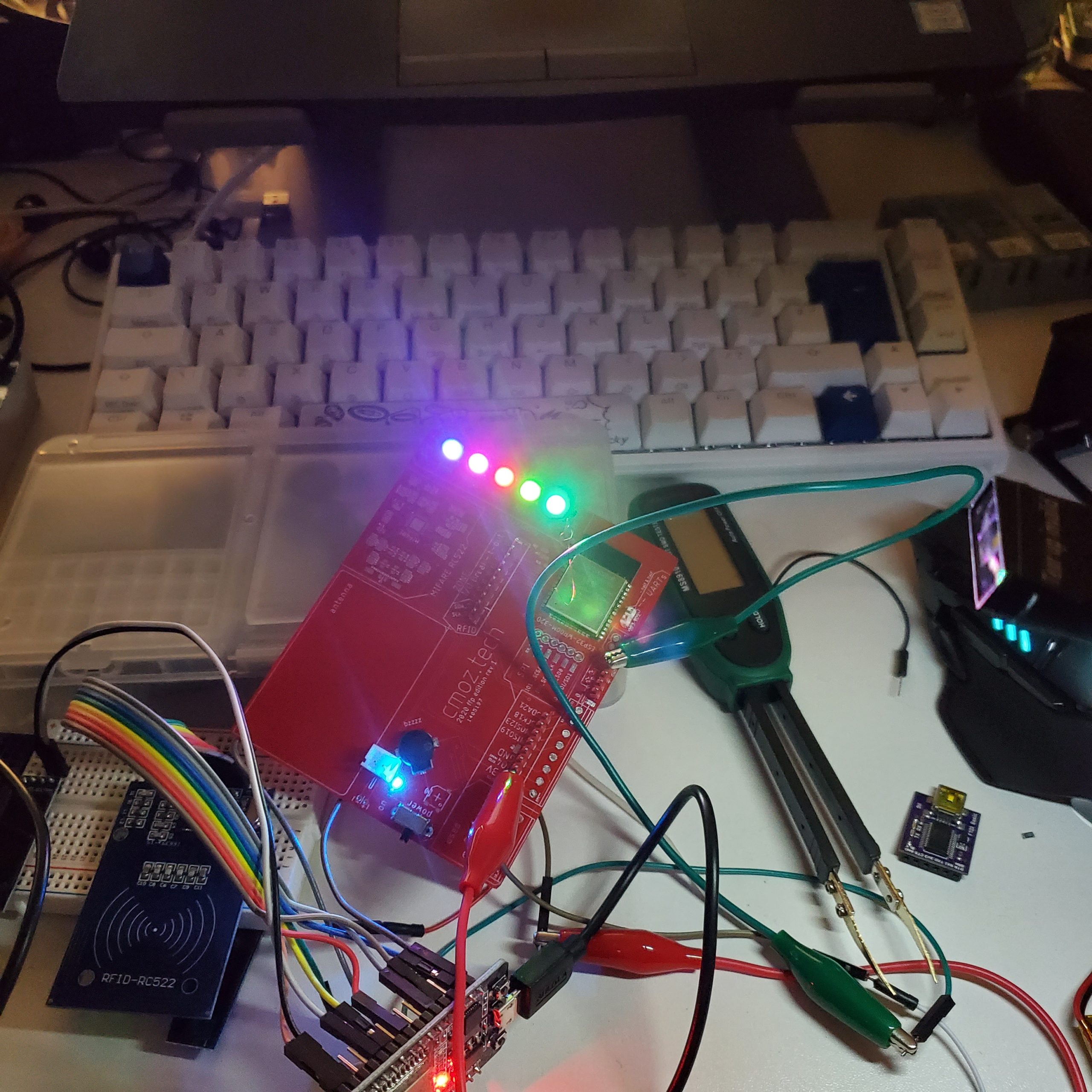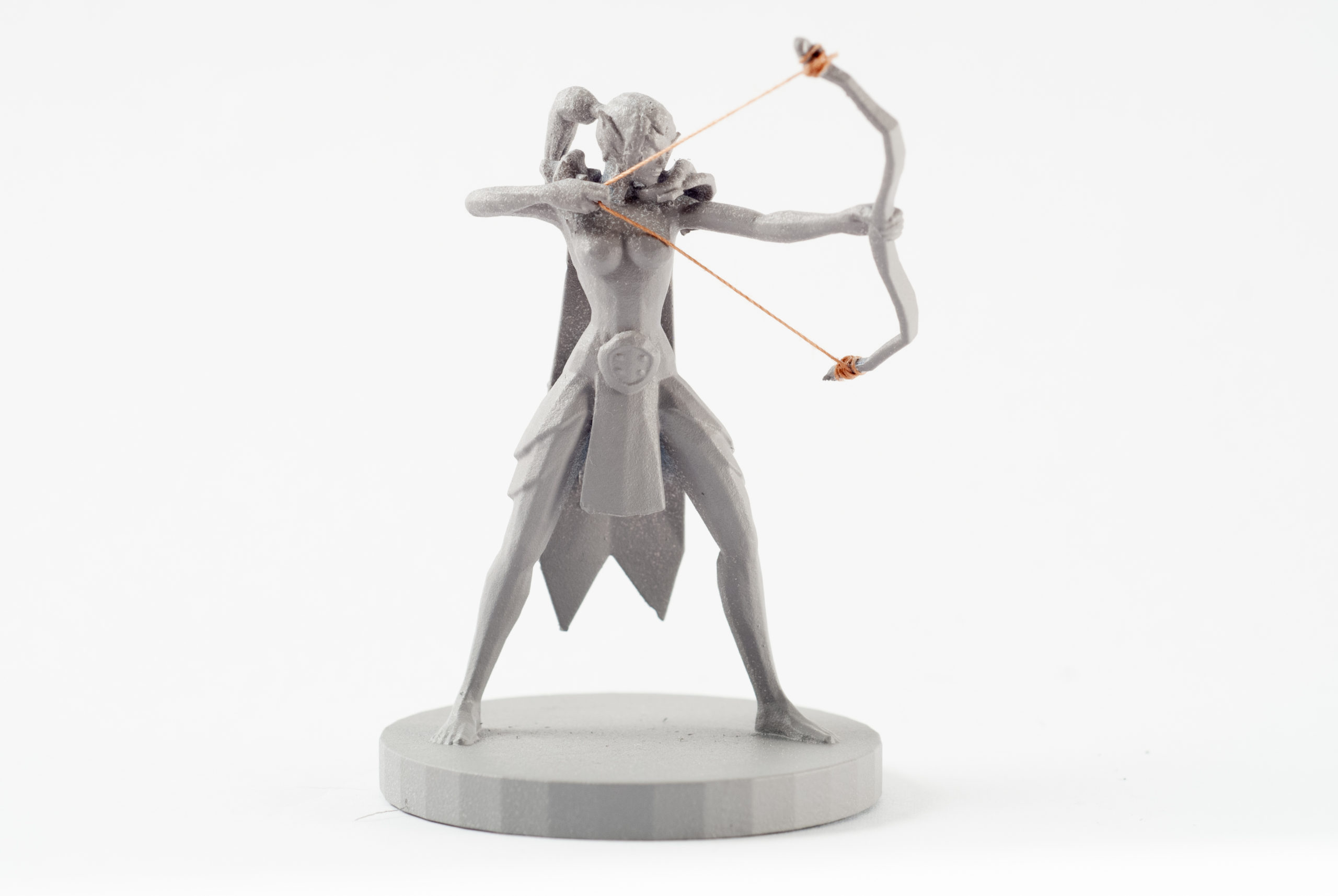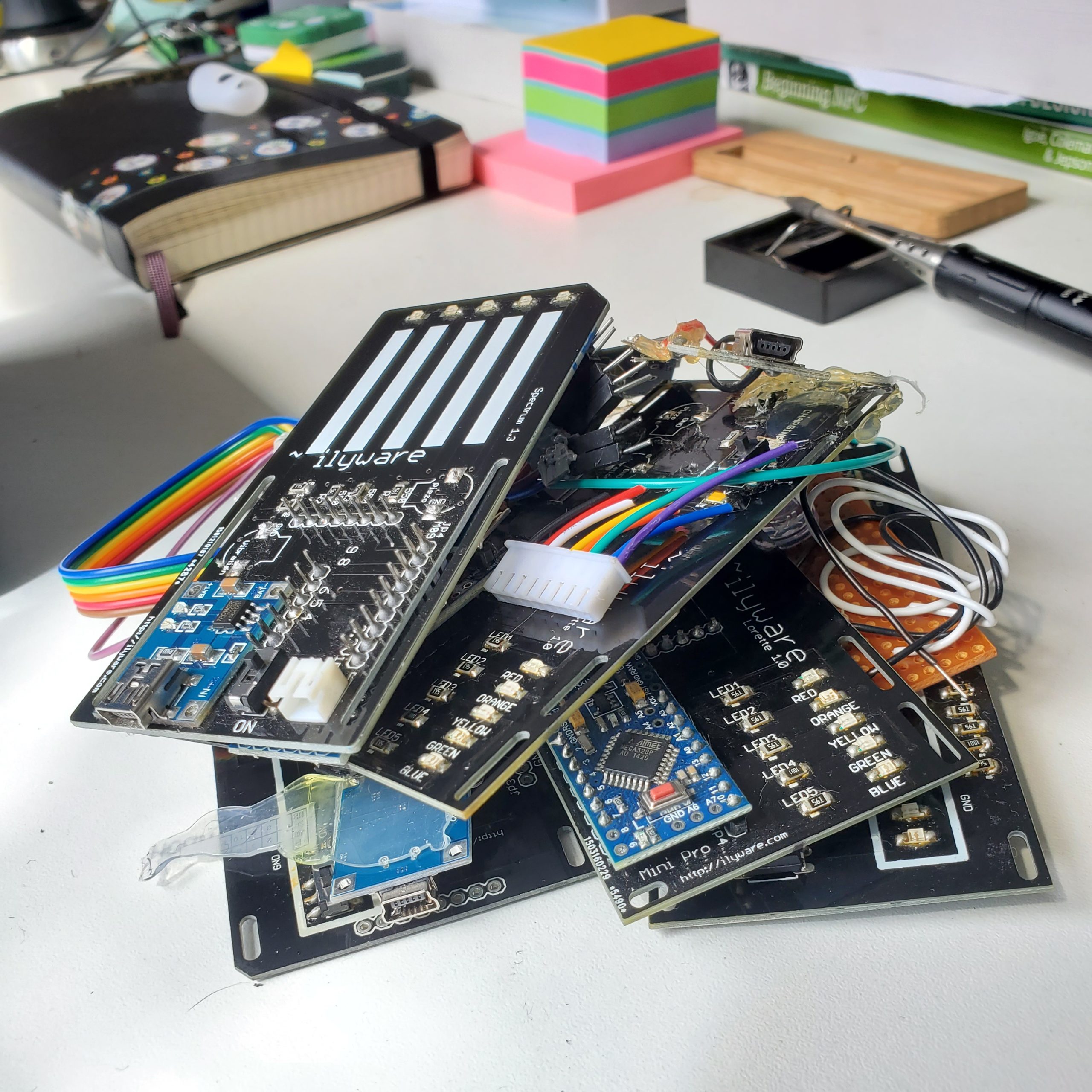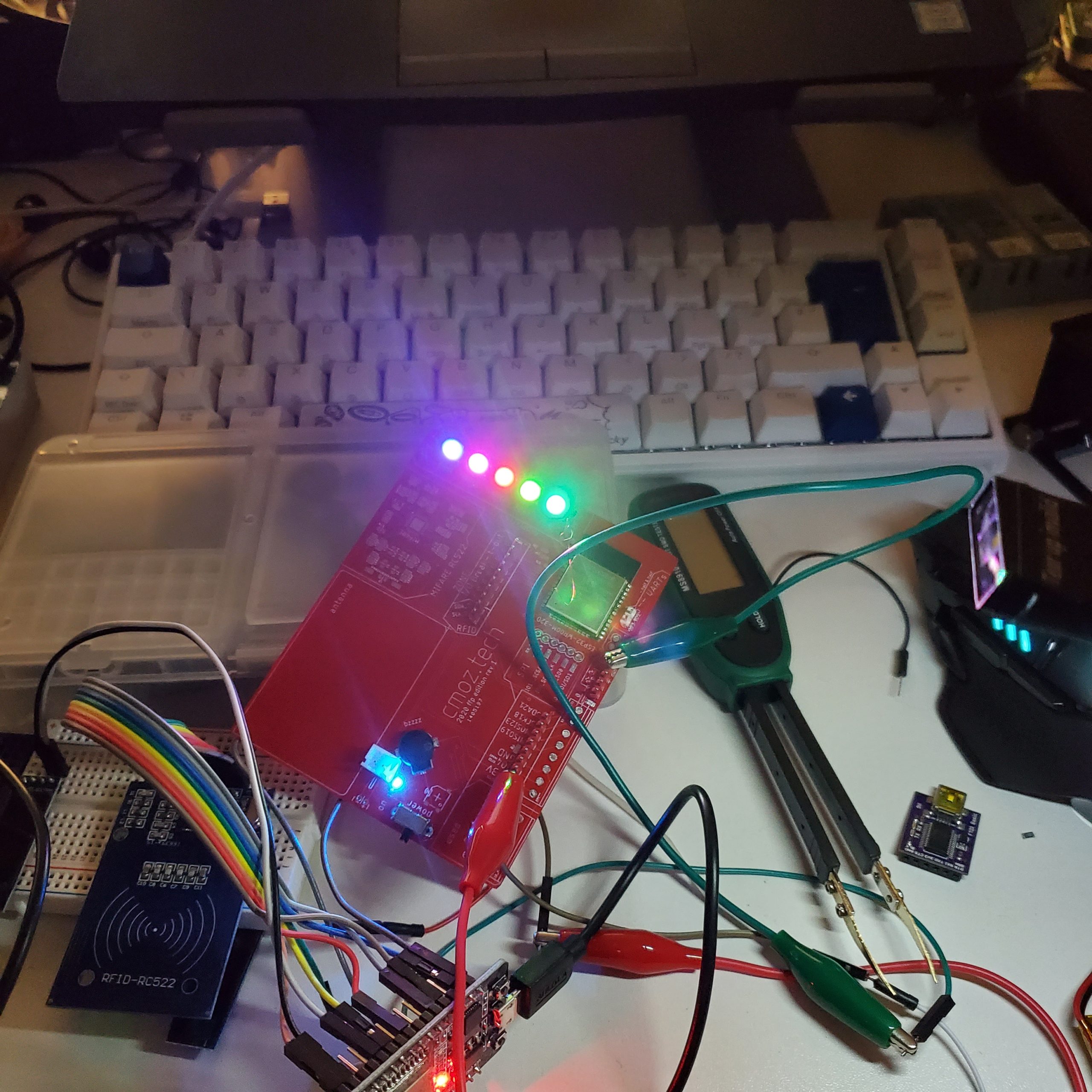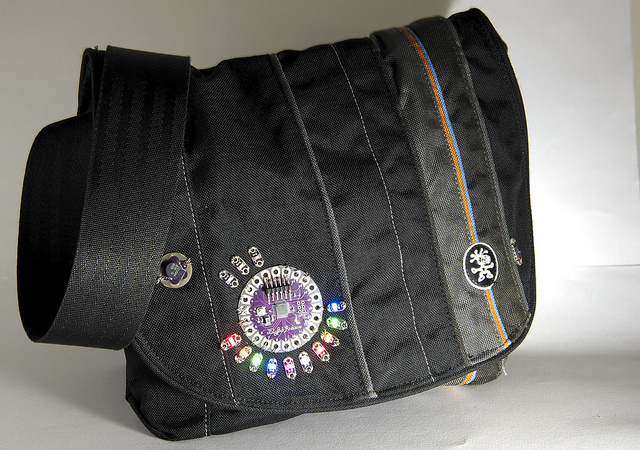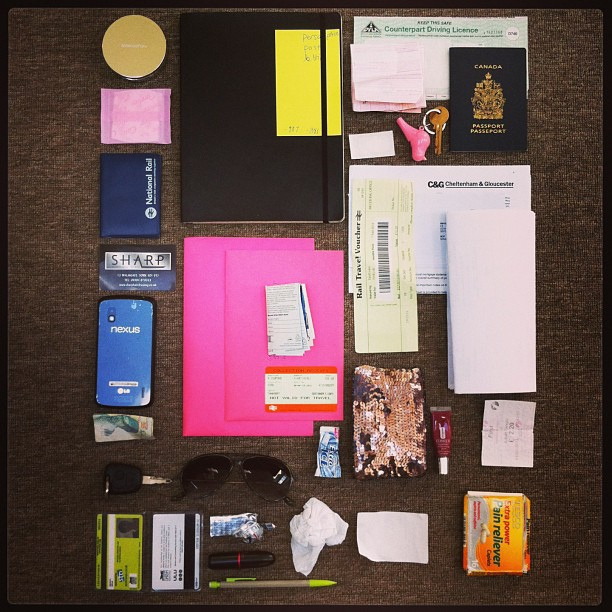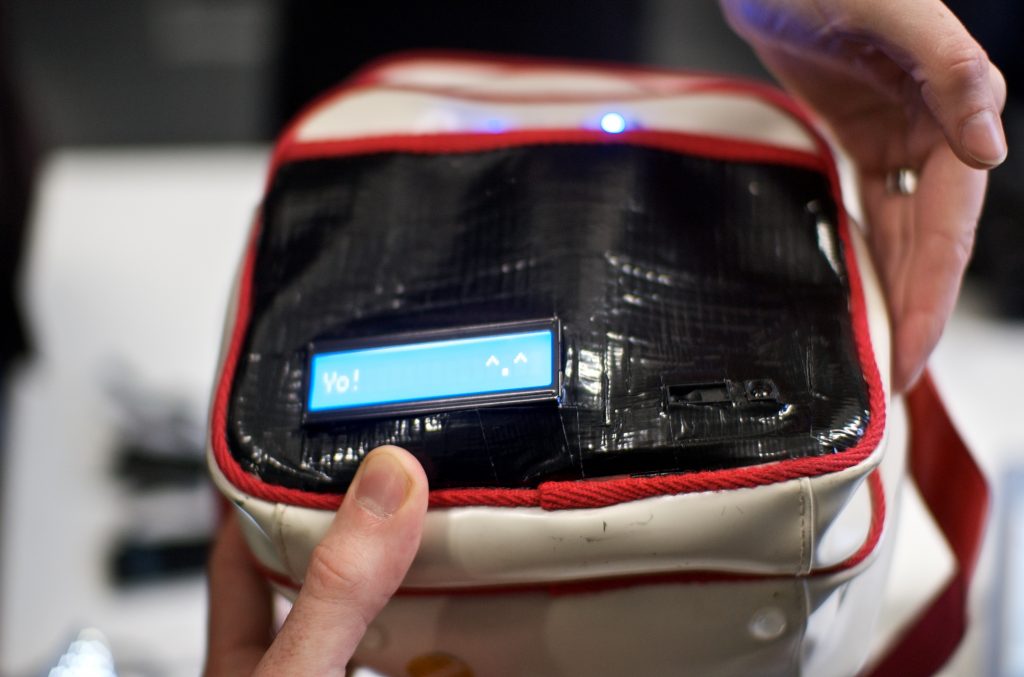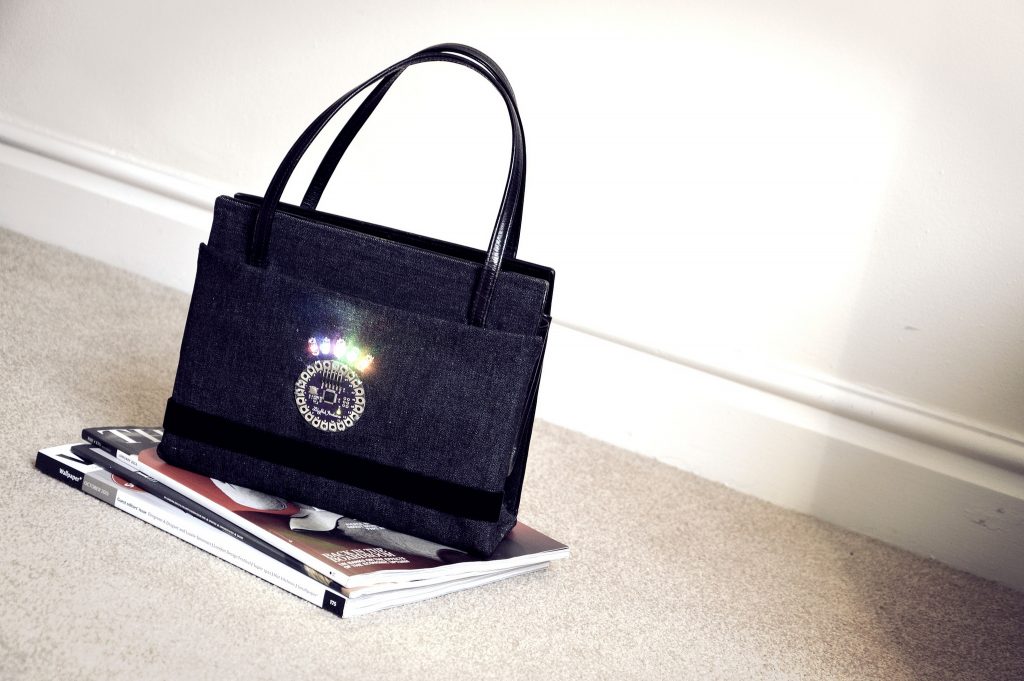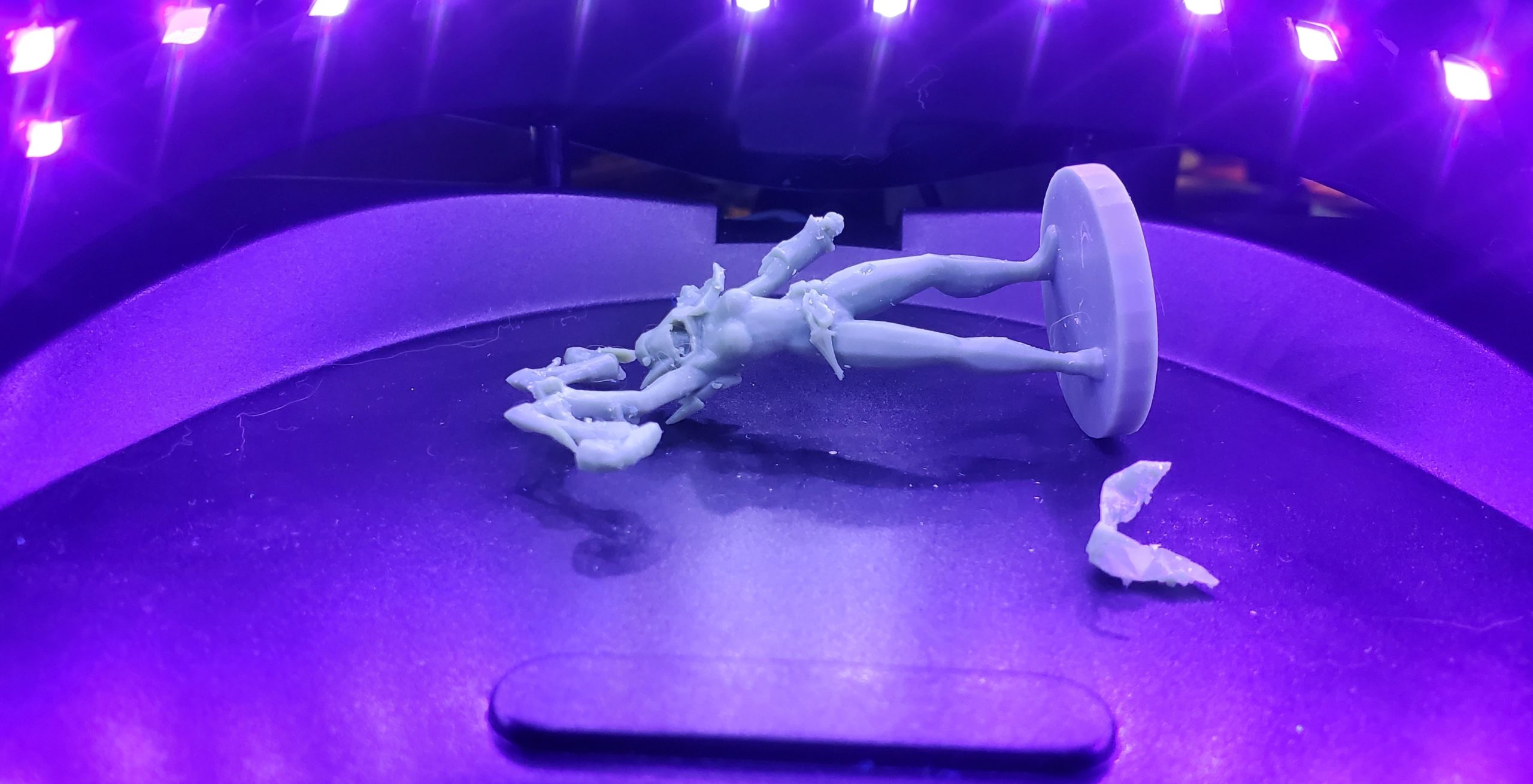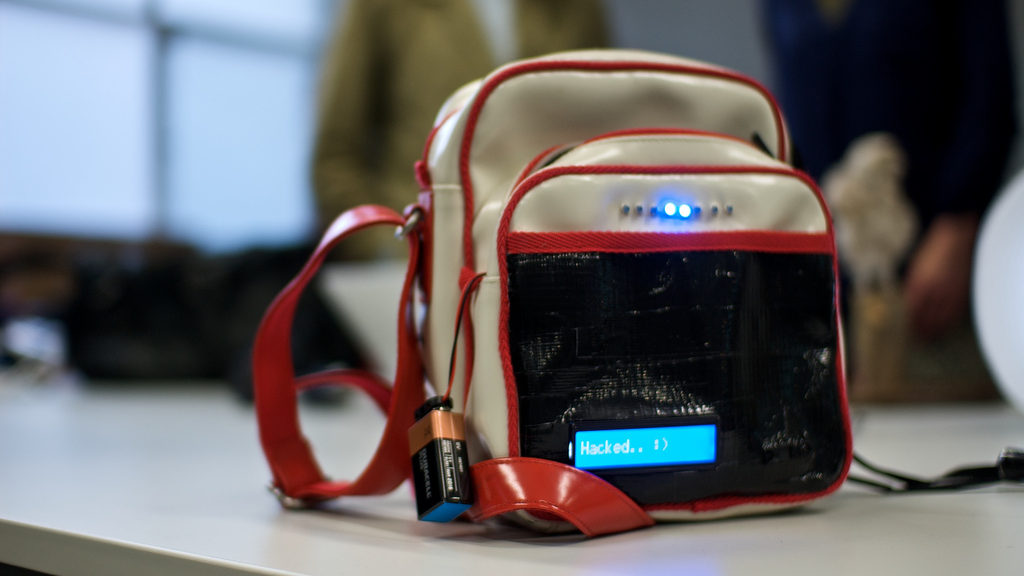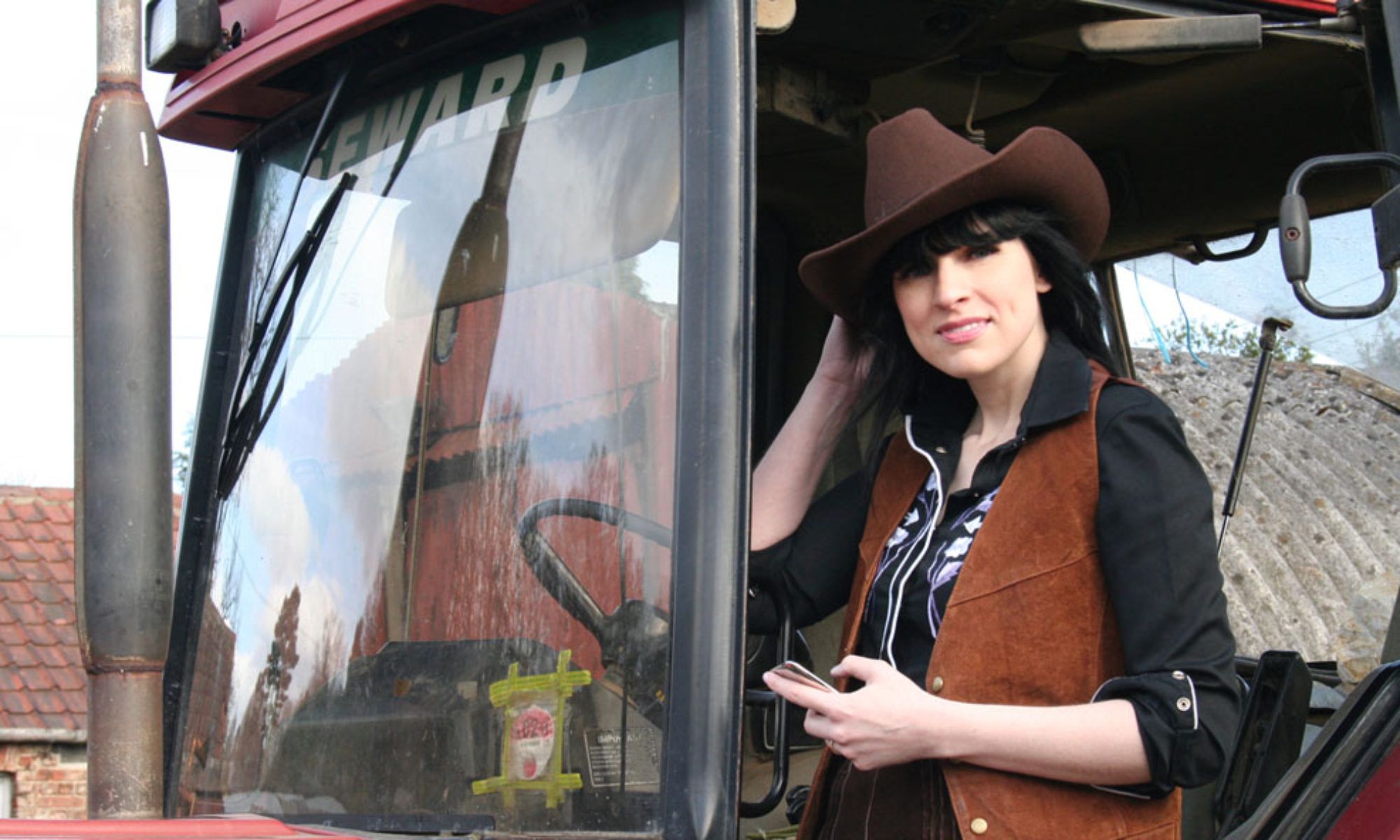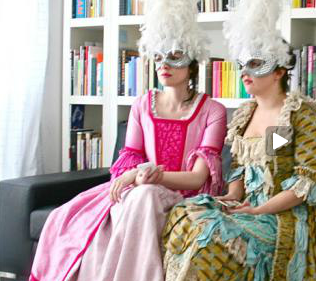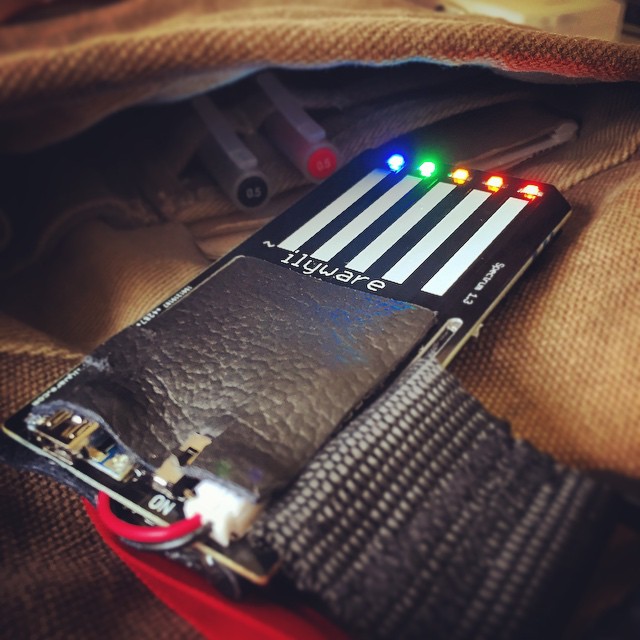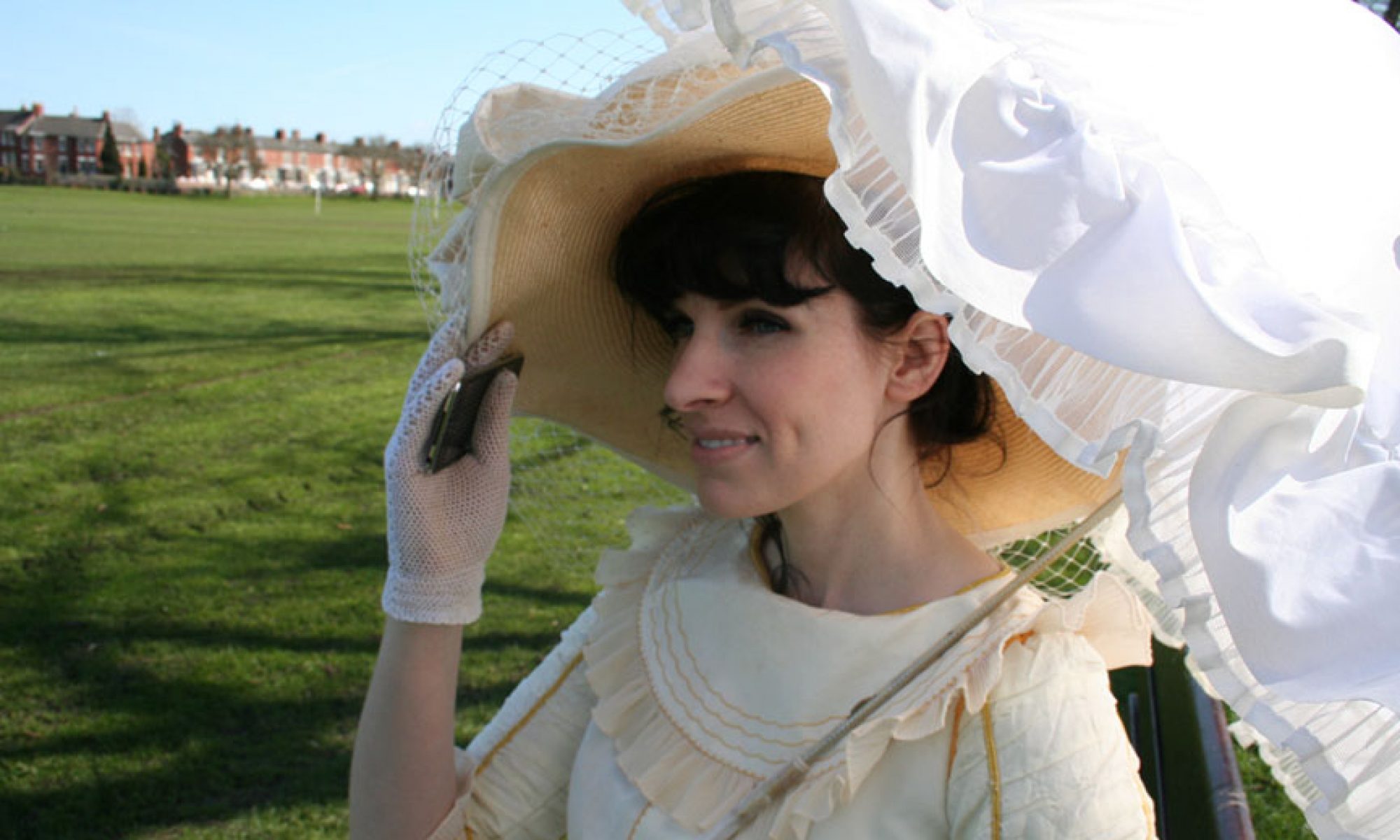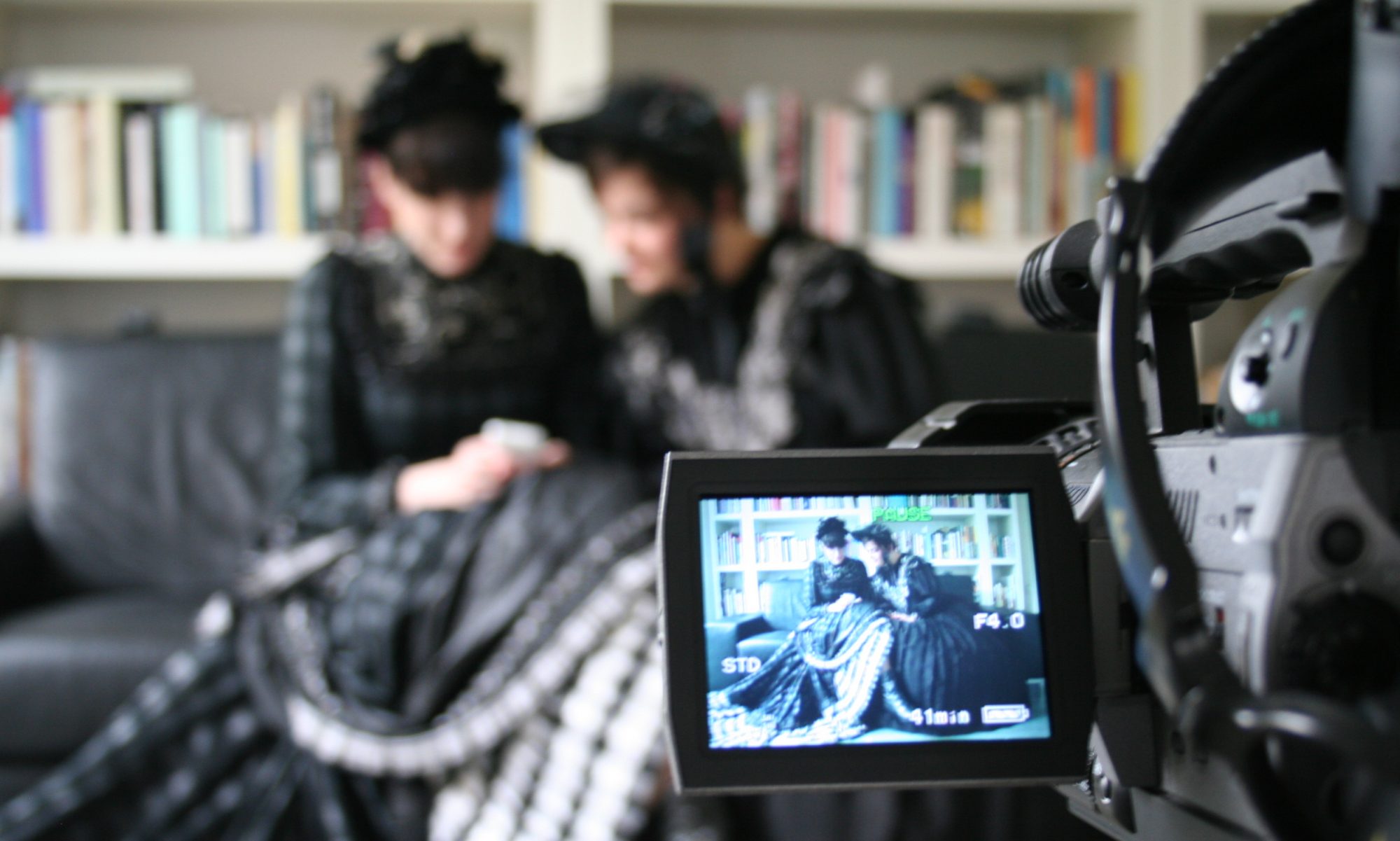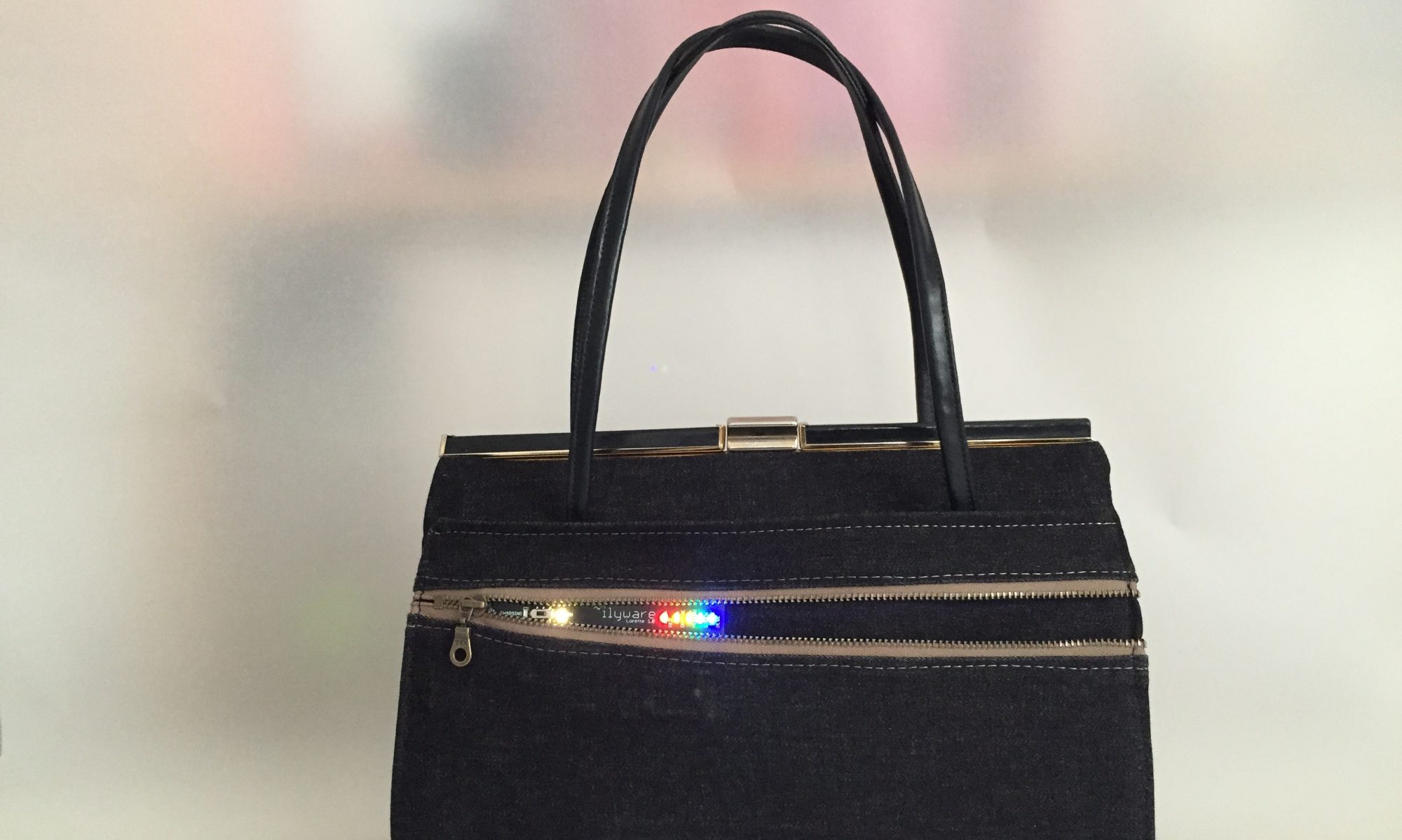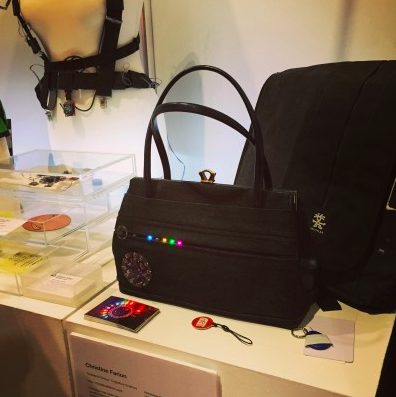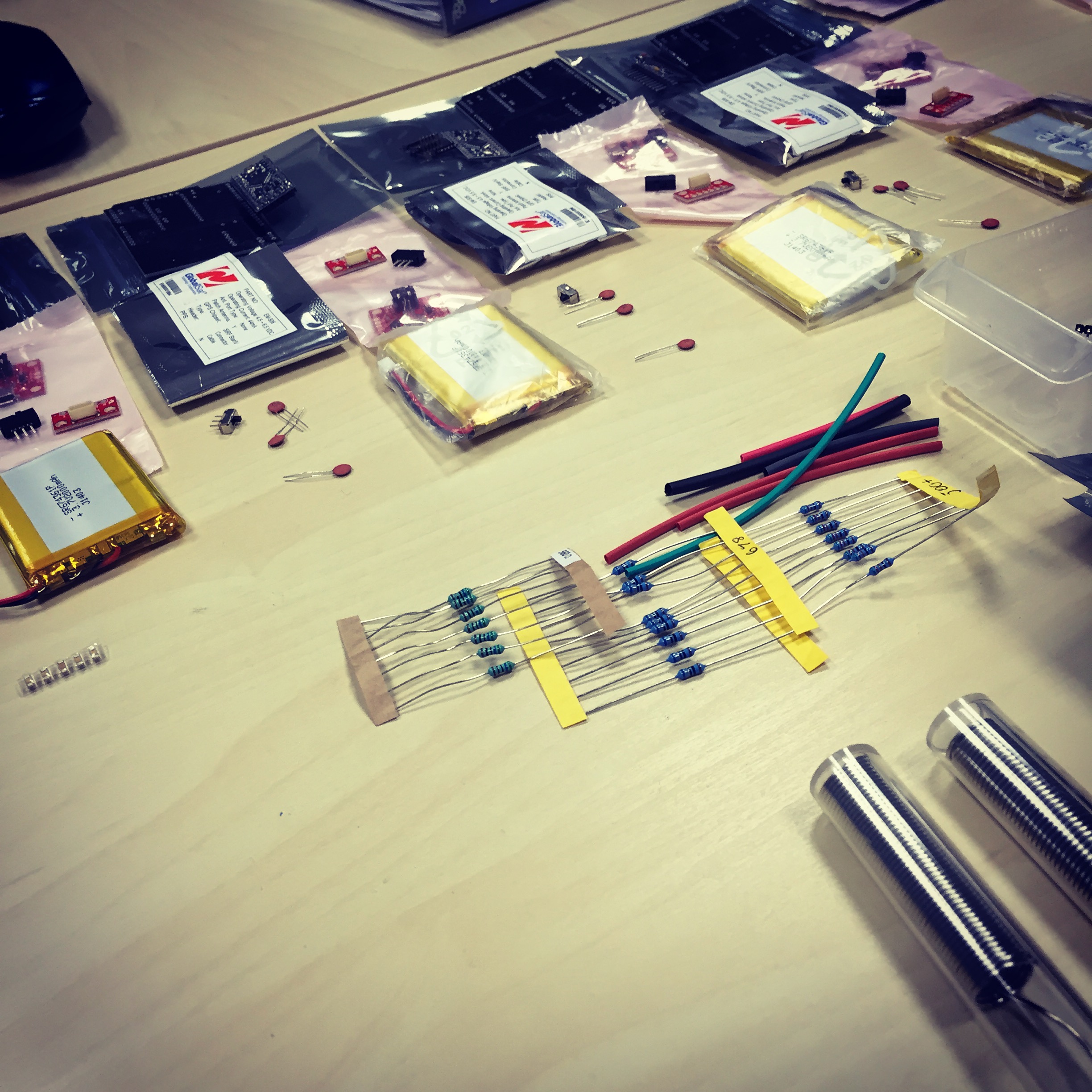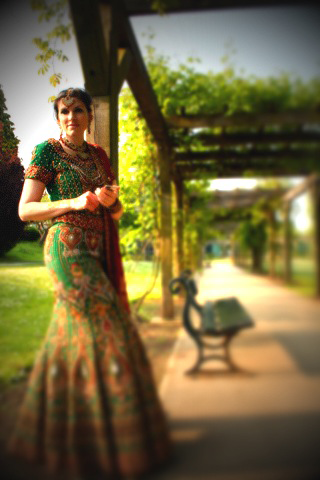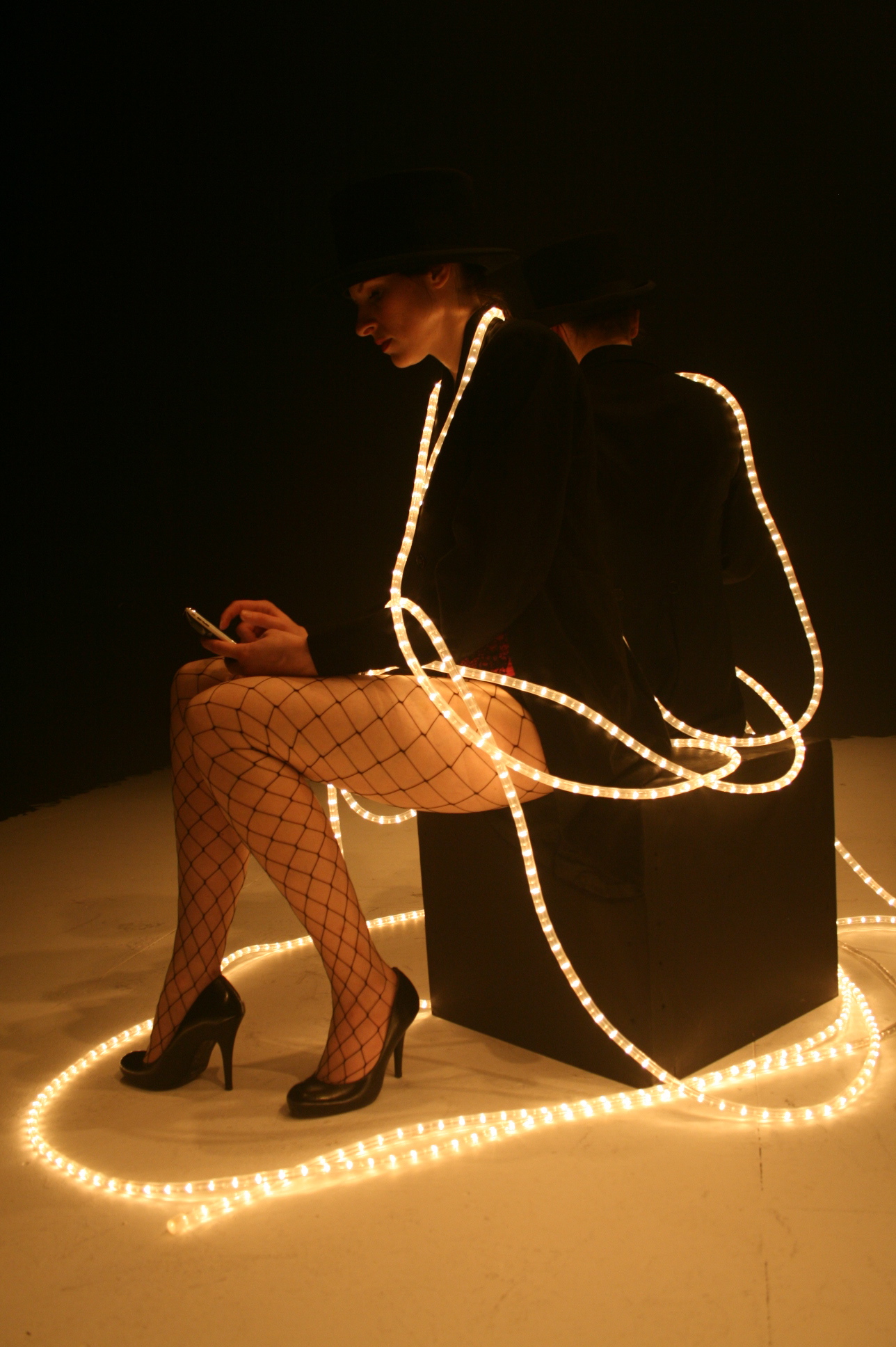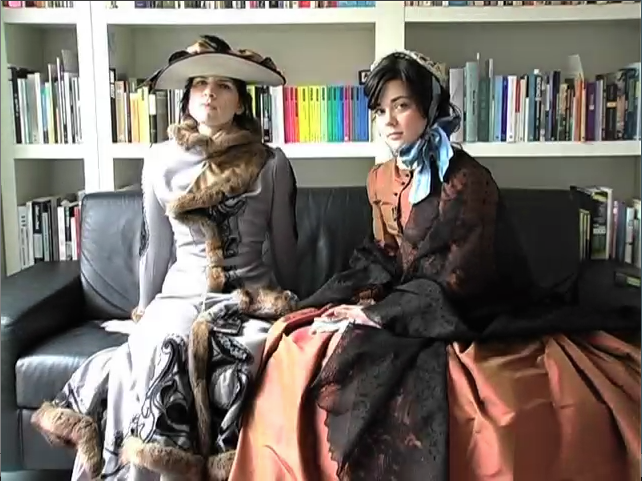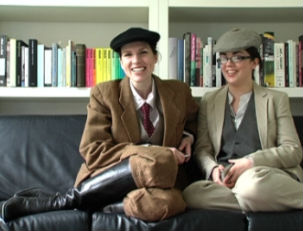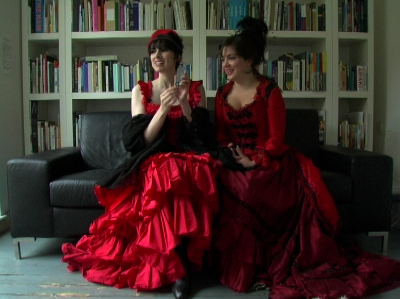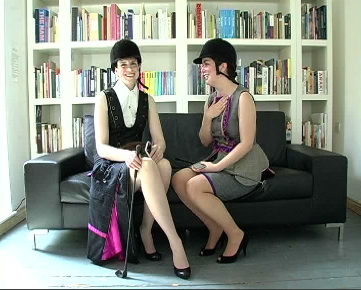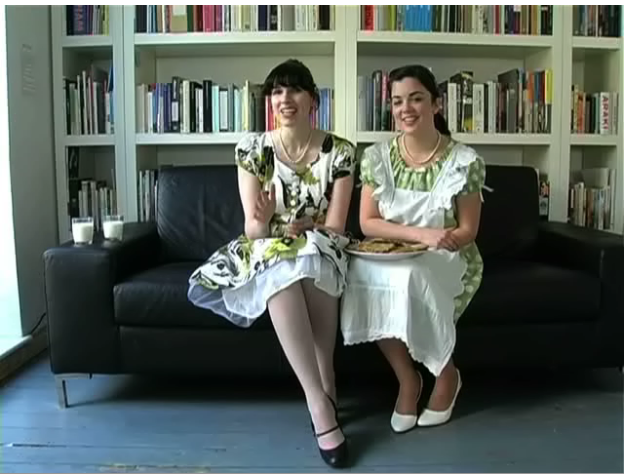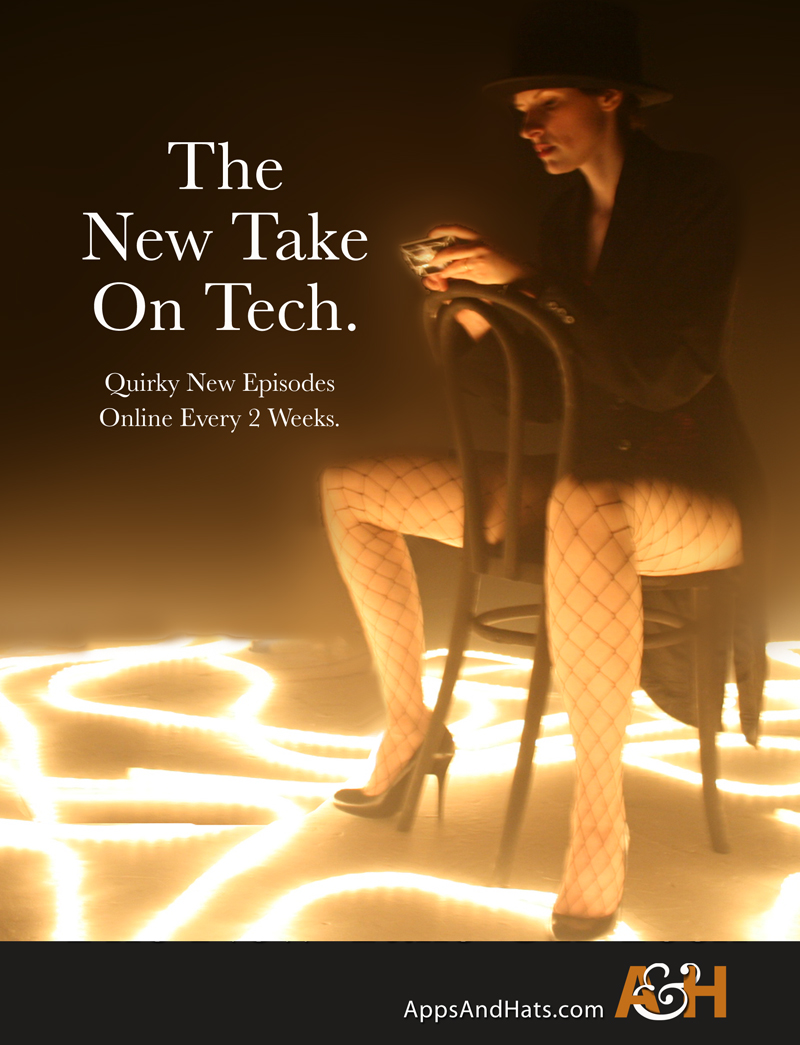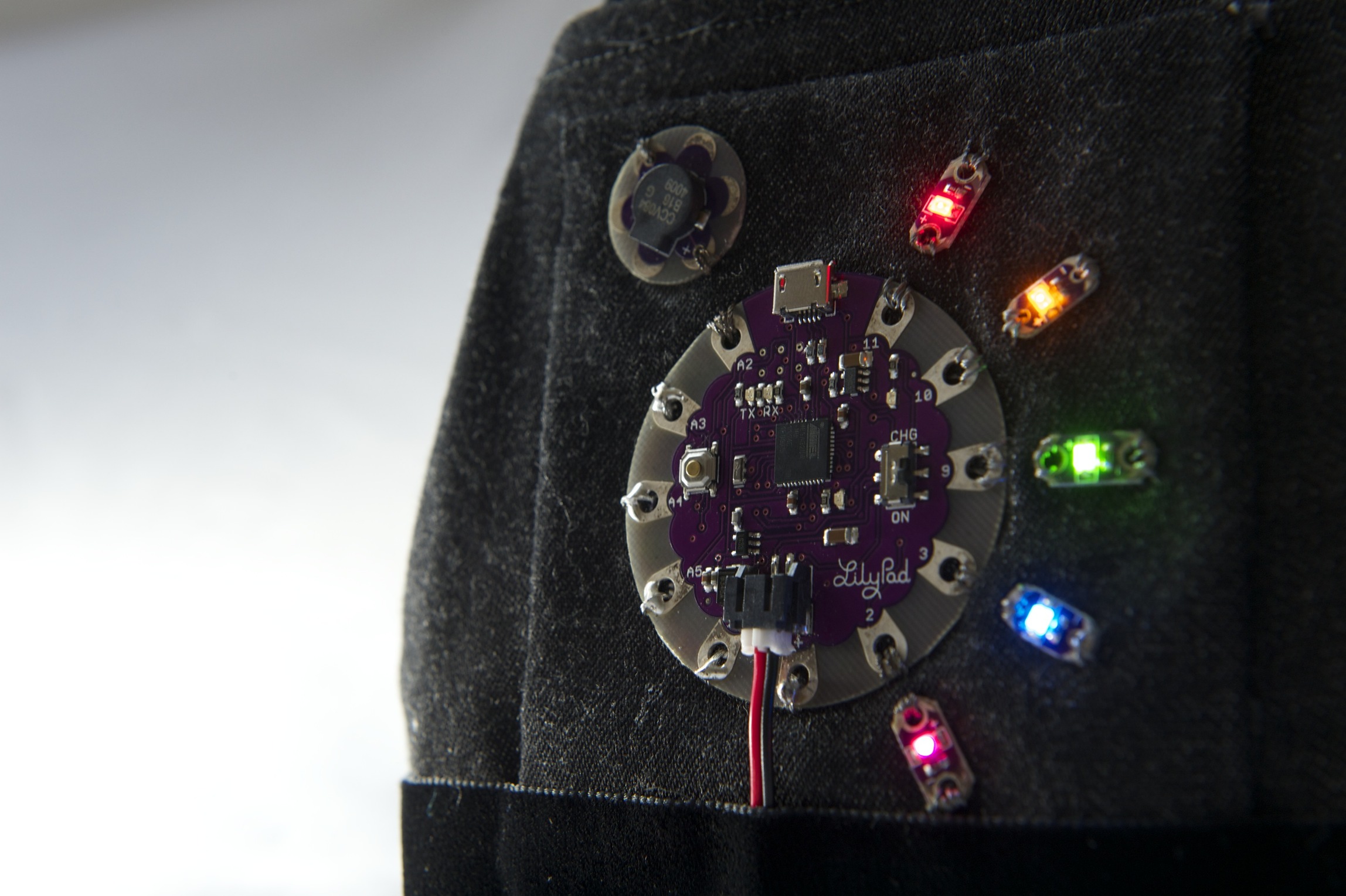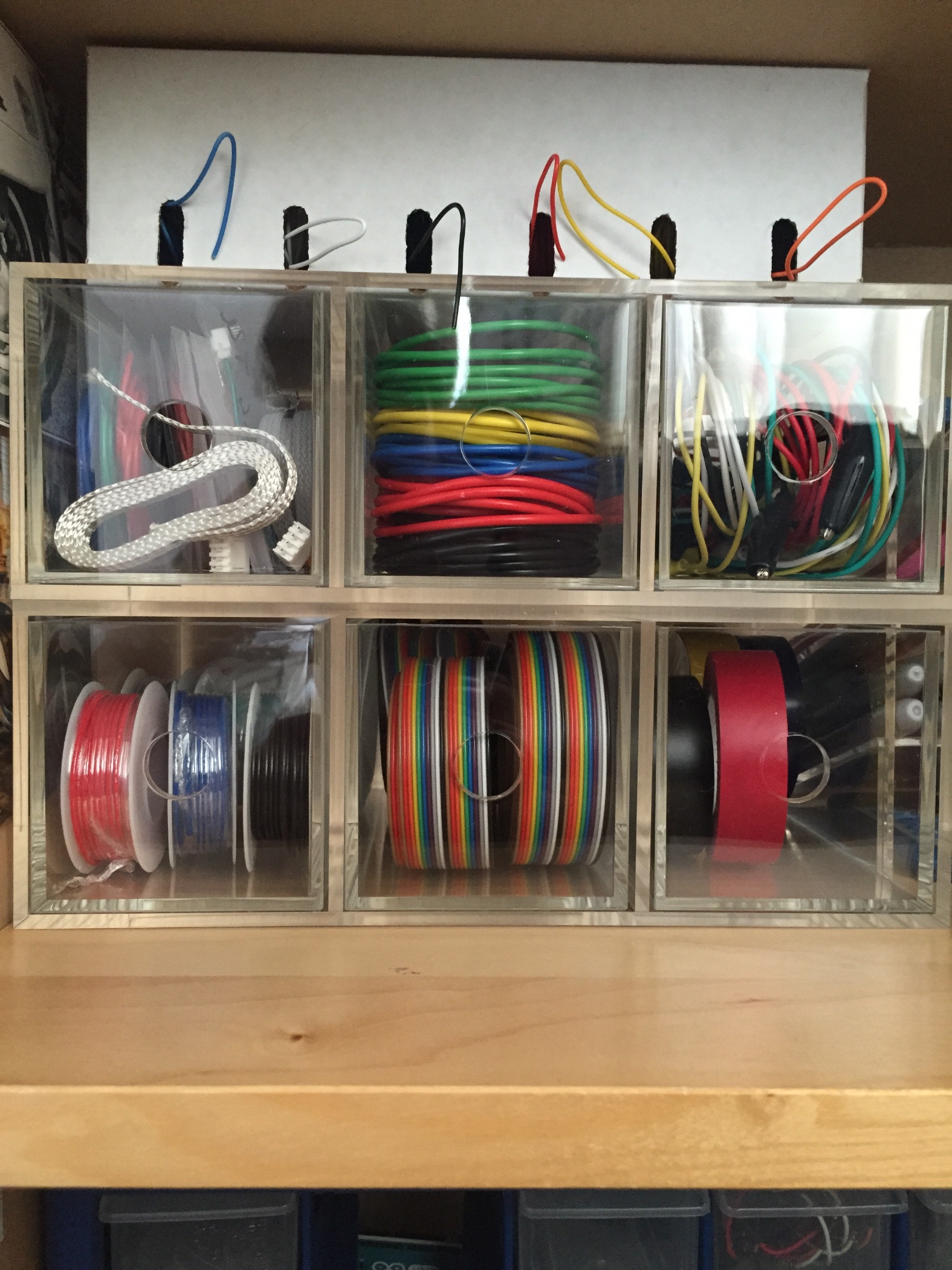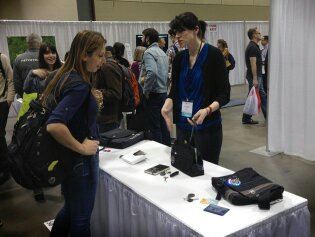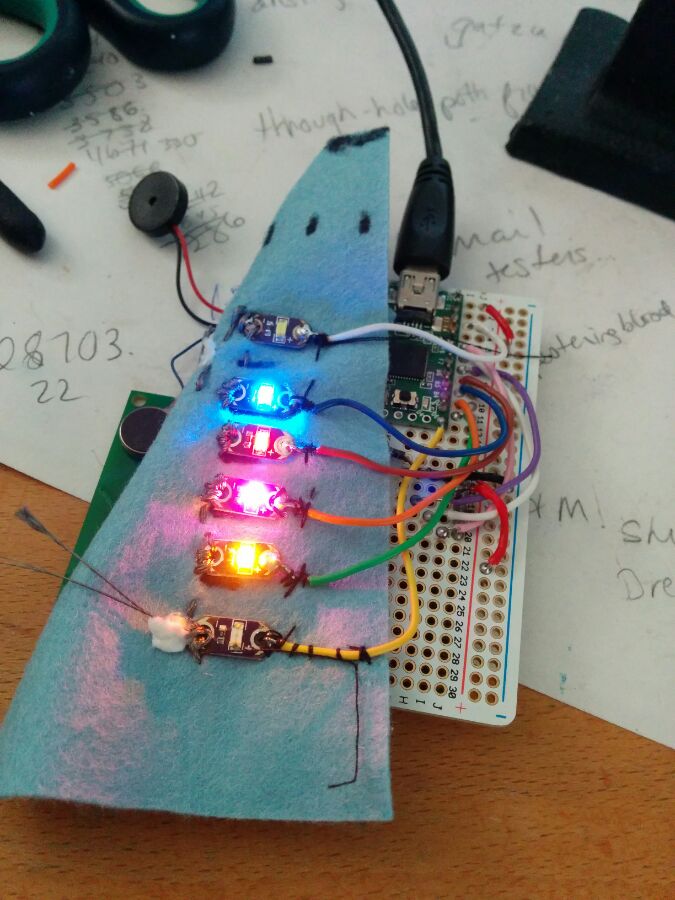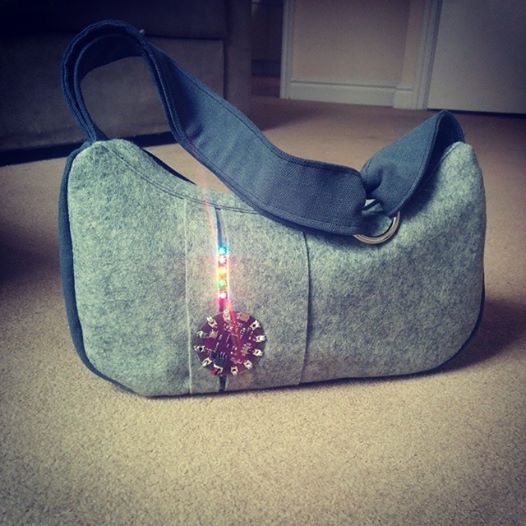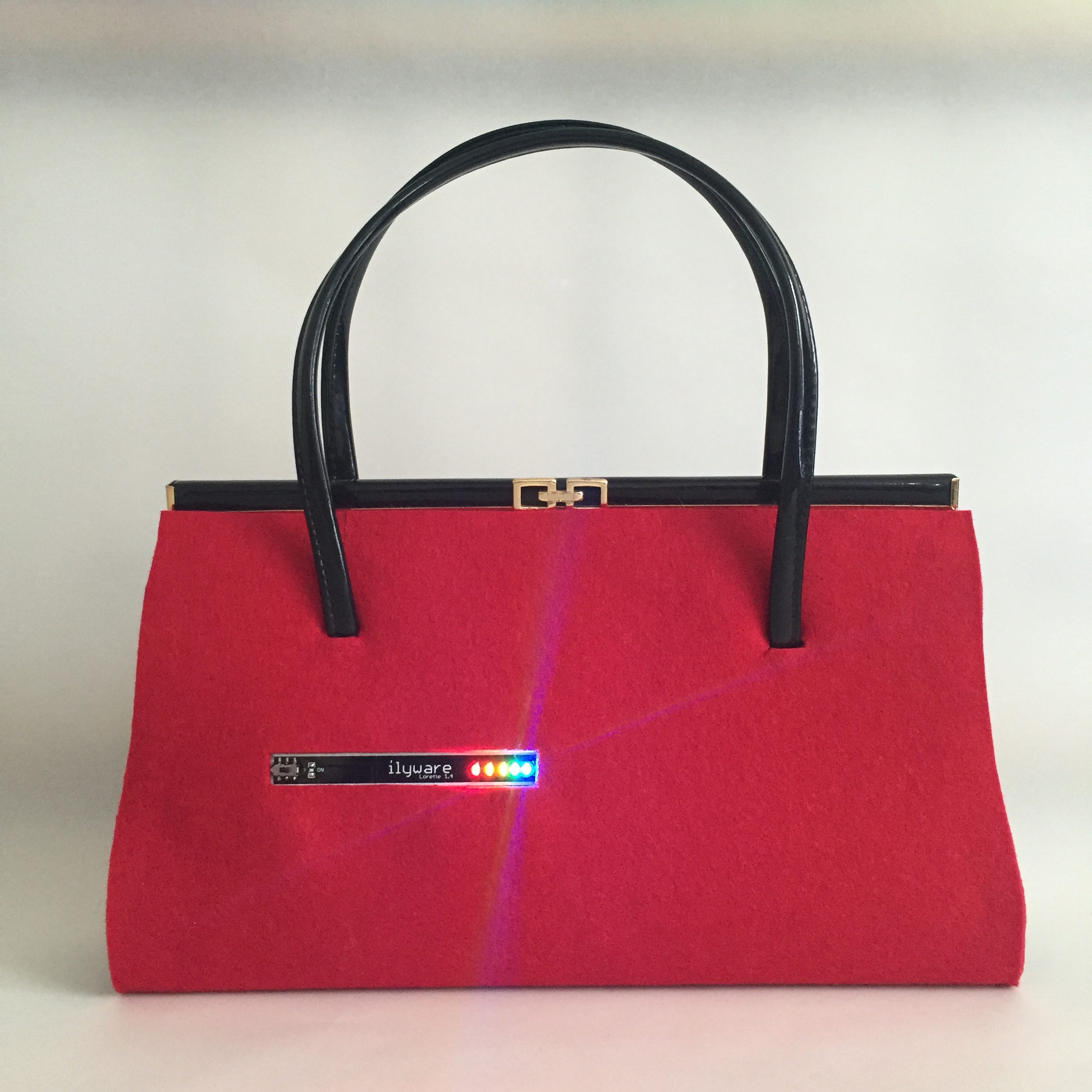Currently, I work at Dalhousie University in beautiful Atlantic Canada! Faculty of Computer Science – Dalhousie University
Formerly, I worked at The Glasgow School of Art [GSA innovation school], Scotland, UK, as a Post Graduate Lecturer for MDes Design Innovation and Interaction Design (Specialism Leader). Associate Lecturer at the University of York, York, UK, for the International Pathway College course: Robotics, Programming and Electronics.
previously,
I was awarded a 4-year scholarship from EPSRC to complete a PhD in Media & Arts Technology, at Queen Mary University of London. Throughout the PhD, I was testing prototypes made with various hardware such as small circuit boards (Arduino / ATMEL), lights, radio frequency identification readers (RFID) and tags that are put onto your daily essential items.
I was in the Cognitive Science Research group (information on my research interests). It was at QMUL that I started working with Arduino and various electrical components.
I worked at The Glasgow School of Art [GSA innovation school] as a Post Graduate Lecturer for MDes Design Innovation and Interaction Design (Specialism Leader).
Formerly, Associate Lecturer at the University of York, for the International Pathway College course: Robotics, Programming and Electronics.
I’m pretty sure my interest is bordering on addiction, and looking around my house might confirm this by the number of tools, solder, wires, boards… all organized of course!
Visual Impairment & Assistive Technologies
For several years I worked with a visual impairment, hearing loss and other disabilities charity. My role was as an Assistive Technology researcher and advisor. My day-to-day was very diverse. It often involved finding the best and most appropriate assistive technologies to enable independent living. Researching and testing technologies that could be used by people with a visual impairment was a big part of this role. Over the course of my time there I acquired specialist knowledge regarding assistive technologies.
Publications
Farion, C. (2022). The Ultimate Guide to Informed Wearable Technology: A hands-on approach for creating wearables from prototype to purpose using Arduino systems. Packt Publishing Ltd.
“Did you pack your keys?” Smart objects and forgetfulness.
May 2014 Conference on Human Factors in Computing Systems – Proceedings 539-542 (CHI) 2014 (Journal article) Conference Paper
Presented my work over the 4-day conference in Toronto Canada as part of the Interactivity Track.
Presented the paper “Message Bag”, March 2013
At the 4th Annual Augmented Human Conference, Stuttgart, Germany.
Conference Paper: Did you pack your Keys? Smart Objects and Forgetfulness
Farion C., Purver M. (2013). Message Bag; Can Assistive Technology Combat Forgetfulness. in A. Schmidt, A. Bulling, C. Holz, AH ’13 Proceedings of the 3rd Augmented Human International Conference, Stuttgart, Germany, March 2013. Conference Paper: Message Bag: Can Assistive Technology Combat Forgetfulness?
Please check out a selection of my portfolio
Thesis title: Investigating the design of Smart Objects to reduce anxiety in the domain of forgetfulness
Research: Using an everyday object (a bag) can it be augmented with a system (RFID reader and tags) to encourage an interaction that will reduce the anxiety many people feel when they forget those essential items for their day.
Skills: circuit design and build, interaction, real-world research, programming, technology & hardware design, autoethnography, distributed cognition, user studies, design-led enquiries, prototyping, wearable components, presentations & lecturing.
Advanced taught modules: Design for Human Interaction, Interactive Digital Multimedia Techniques, Interactive Systems Design, Digital Arts Documentary, Sound Recording & Production Techniques, Public Engagement.
Funding
Received joint funding from The Arts Council England and The British Council.
Additionally was successful in securing an EPSRC Off-campus Business Engagement Fund – The Wearable Technology Show 2015, and a travel grant in 2014 to go to the CHI conference in Toronto to display my work for the interactivity track.
My PhD was sponsored by EPSRC, awarded a 4 year scholarship
Teaching Experience
Currently I’m an Instructor at Dalhousie University, Nova Scotia, Canada. I’m in the Faculty of Computer Science and I have a unique role as the Truro Start programme teacher! Currently I teach introductory courses:
- 1105 Introduction to Computer Programming
- 1120 Introduction to Computer Systems
- 1170 Introduction to Website Design and Development
- 1110 Introduction to Computer Science
Previously, Post Graduate Lecturer for MDes Design Innovation, Interaction Design Specialism Leader at The Glasgow School of Art.
Associate Lecturer at the University of York, International Pathway, Robotics, Programming and Electronics. York, UK.
I hold a PGCE (Post Graduate Certificate of Education) and have taught for many years (12+). Teaching across several education levels, from BTEC at College, Foundation Degree courses, Degree courses and BSc level at University. The University of York, University of Leeds, Leeds Beckett University, and York College.
I have also presented numerous talks on my various projects and research throughout many years. You can read more about these and see videos on my Events & Talks page.
Work in Print / Online
Computer Science for Fun: http://www.cs4fn.org/wearable/smartbag.php
About CS4FN, “Computer Science is fun. cs4fn’s aim is to share our passion about all things to do with Computer Science and especially to show that it is an exciting subject that is great to learn about just for the fun of it. We produce a free magazine twice a year as well as a series of special booklets (for example we have produced three magic books on magic tricks and the computer science behind them). We have also produced magazines on Electronic Engineering and Audio Engineering and their links with computing. All are sent free to schools in the UK (over 20,000 copies per issue). “
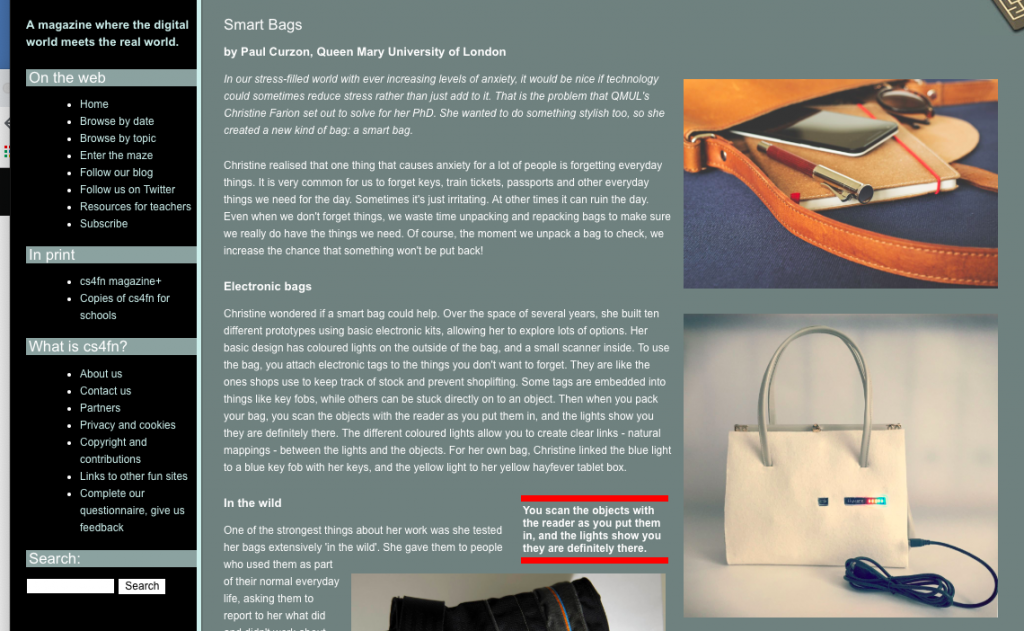


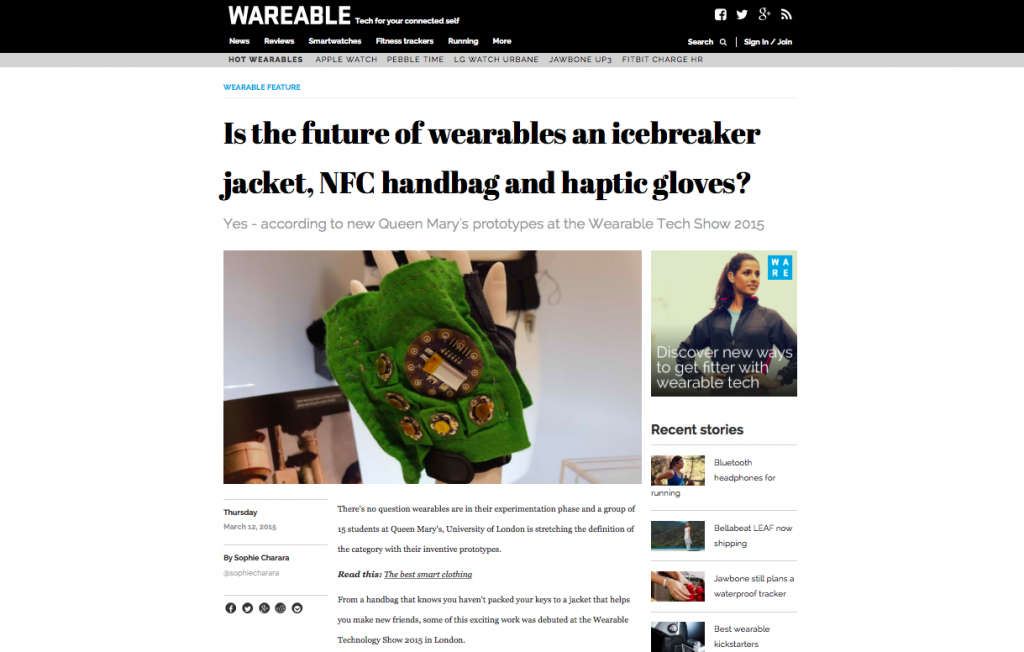

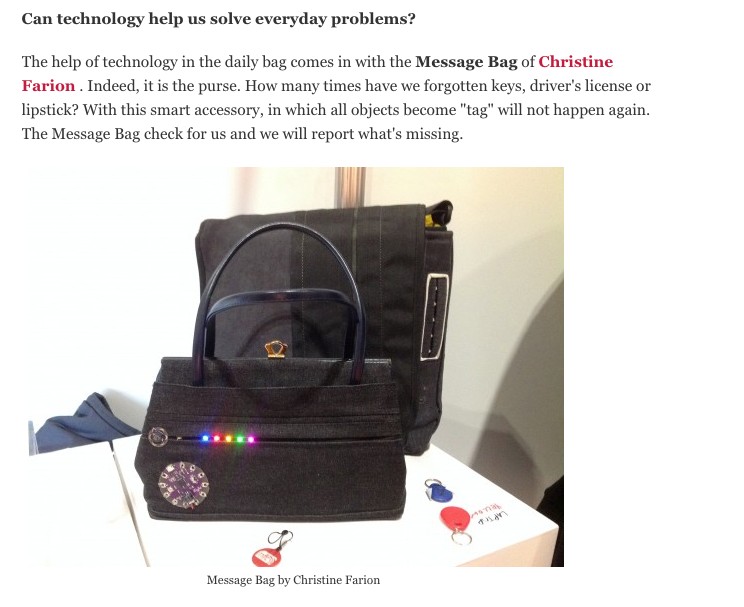
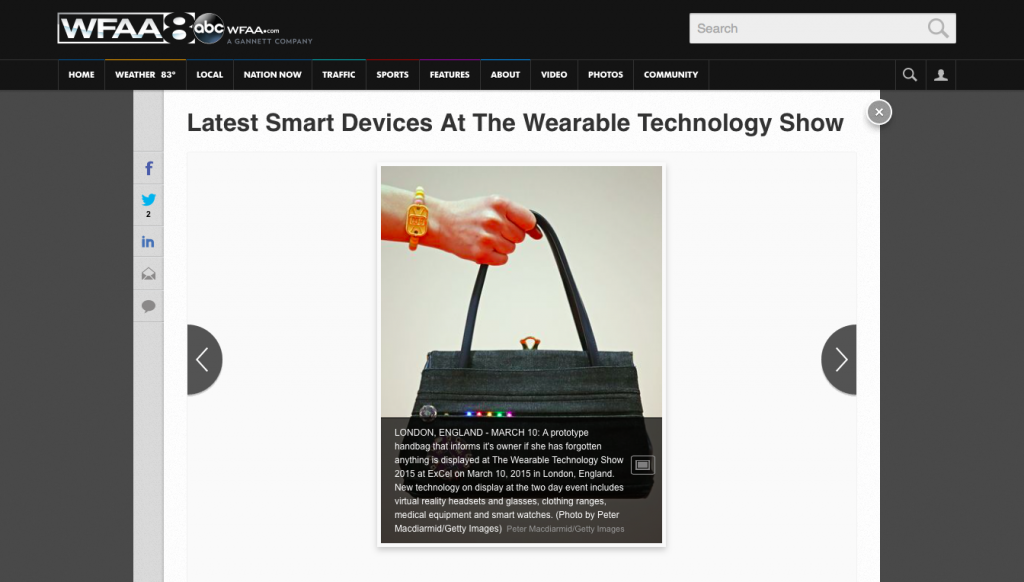
Other things …
I’ve been working with assistive technologies and specialist knowledge regarding visual impairment, hearing loss, deaf and blind through my work at The Wilberforce Trust. This is very rewarding work. There are technologies available that can be used to help maintain an individual’s lifestyle, or to help them achieve things they want to in life. Also, there are challenges in day to day living and certain technologies can help maintain independence.
My work involves getting to know a person with sight or hearing loss and then helping find a solution to a certain goal they may wish to achieve. It may be as simple as finding out the scores to a certain sport, to being able to get a bus into the shops. Being able to communicate, or contact people can help a person in so many ways. I do give talks and presentations on technology and on how it can help so if you can, try to get to one!
Through the PhD, I learned many new skills including using components for physical computing. My first attempt at Arduino – which inspired a love for using components and a bit of an obsession!

I feel so lucky to be doing what I love and what this mix of fashion and technology means…..
A LITTLE BIT ABOUT MY PROCESS…
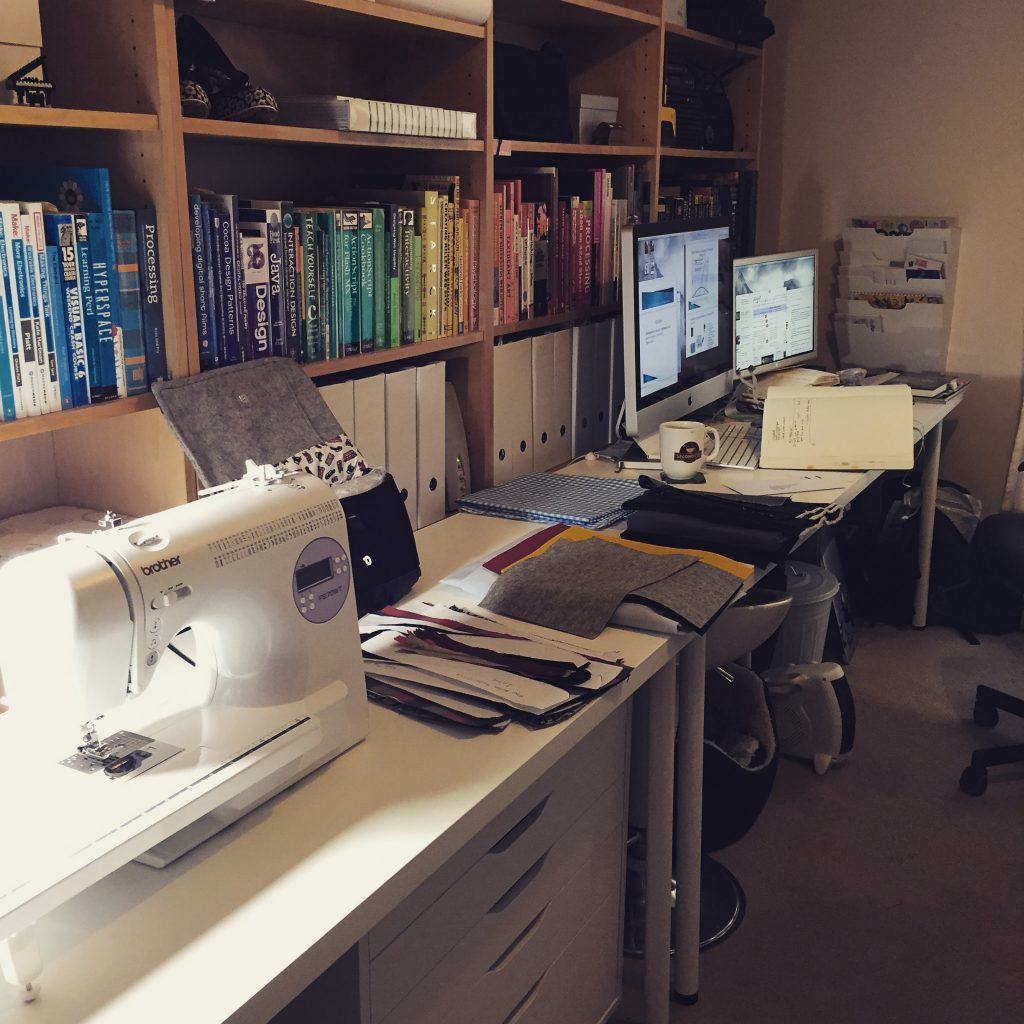
I spend time thinking of creating the surface area that I will be sewing the components to. The components are sewn on with thin 3 core wire and so this does affect the material choices available to me. The colours of the lights are also considered, how they are attached to the bag and how they will work to communicate with the person.
“My work area is a huge mix of sewing kit and fabrics, electronics and tools!”
For the bags that have circuit boards, I also have to program them. This involves hooking up the boards to my computer and using the software, I plan what the board will be doing. I then write the code, check for errors – I do this a lot – and then I upload it to the board.
This can take a while especially if it is a new feature or function of the bag. Everything needs testing before it’s sewn so I have a lot of crocodile clips to hand as well as prototyping boards!
PROGRAMMING & PATTERNS
When it’s all planned out and programmed, I map out the bag area where the pockets will go and make the pattern. These are typically done with several pieces of fabric and I always love making the inside of the pocket with a beautiful piece of fabric. I know that this really will only be seen by you and me but I always think of it as a nice bit of luxury.
Once the materials are sewn, and then the components are sewn in, I then hook it up to the battery pack and be sure it’s all working as it should. Every time I do this I get a little buzz of how pleased I am when I see a bag working. I’ll never tire of that.
The bags are always noticed when out and about, and they are a real treasure to make
~ christine
* thanks to Mr Mousseau & my late Uncle John who inspired my love of computers.
